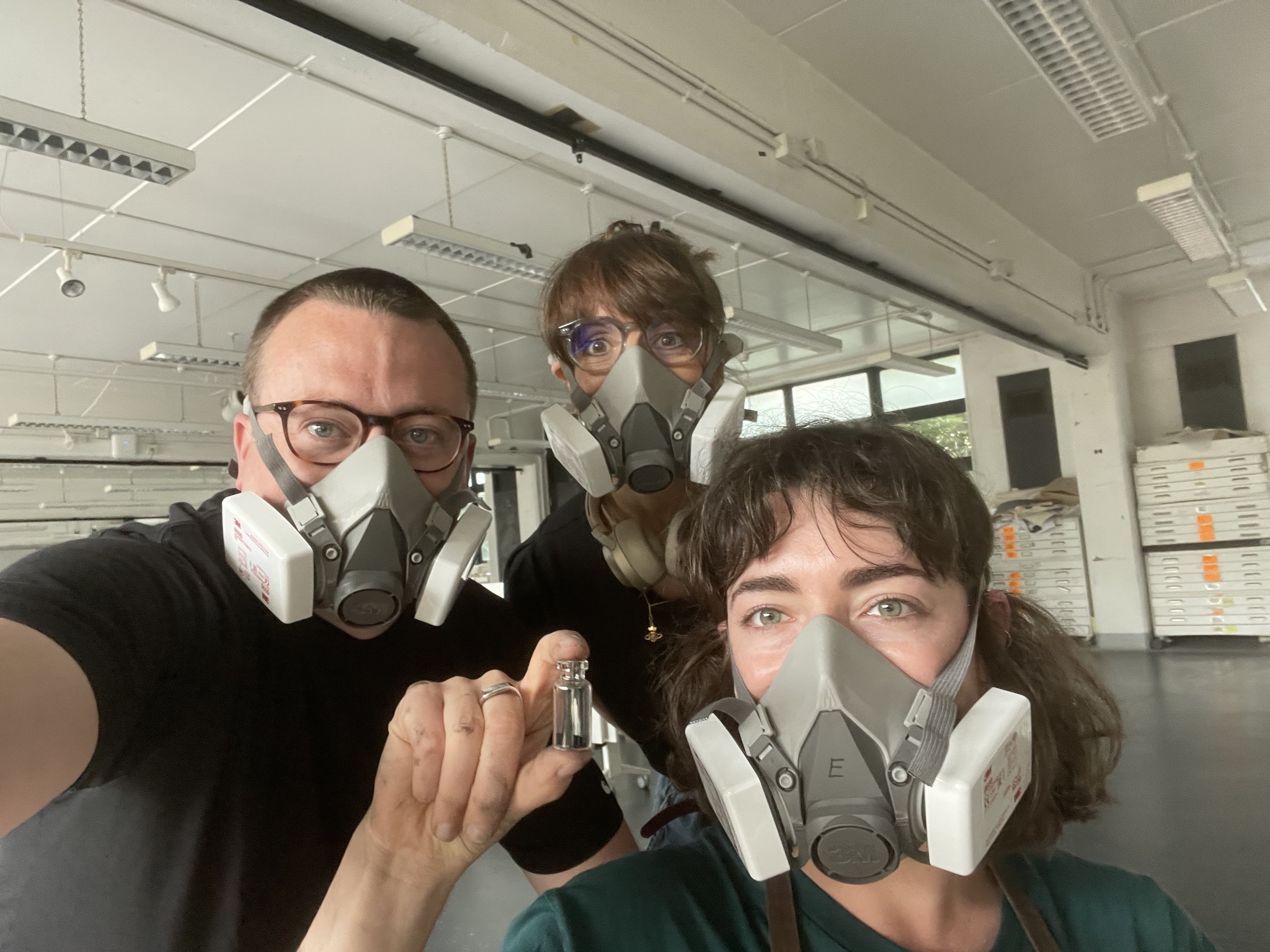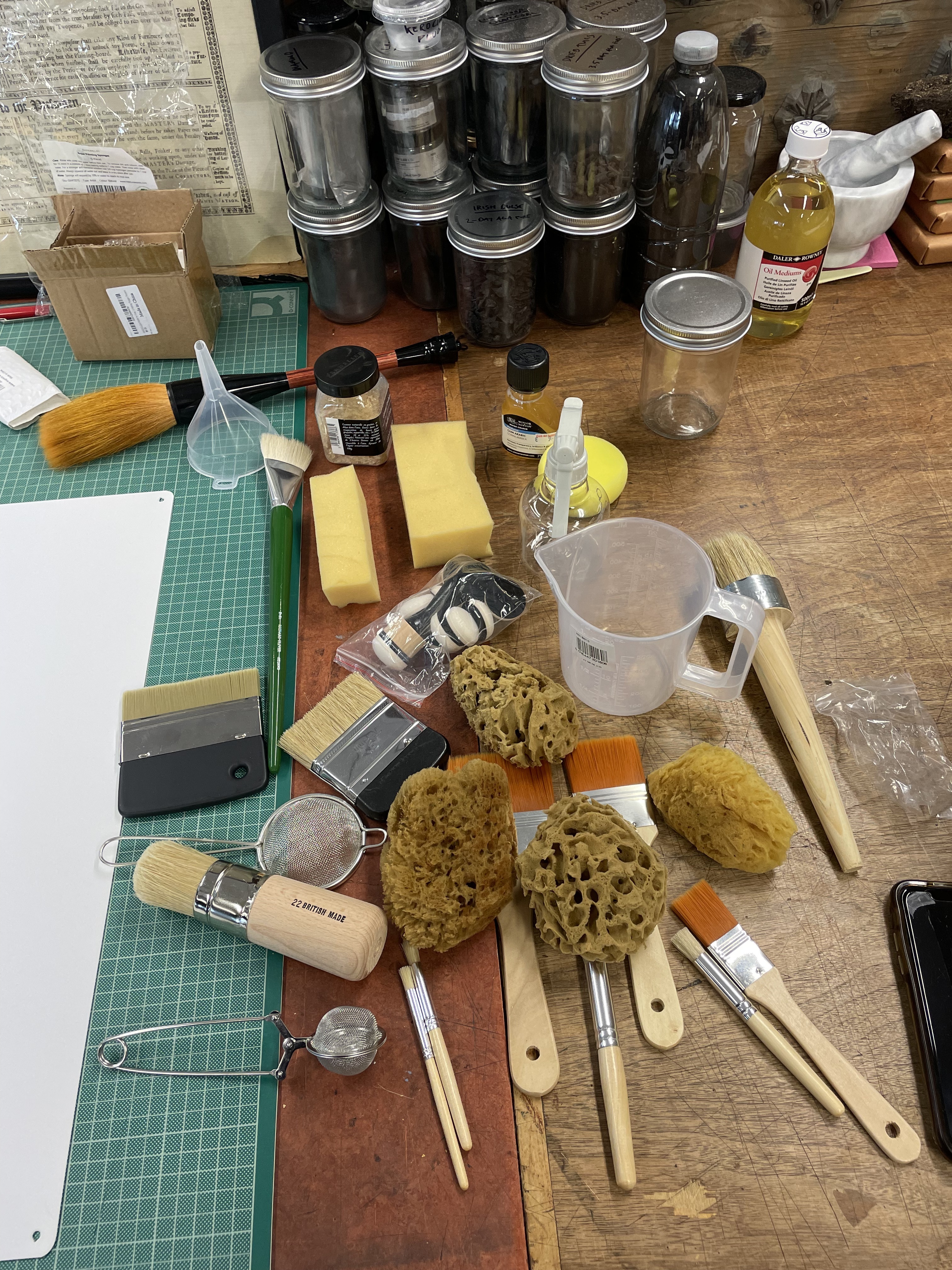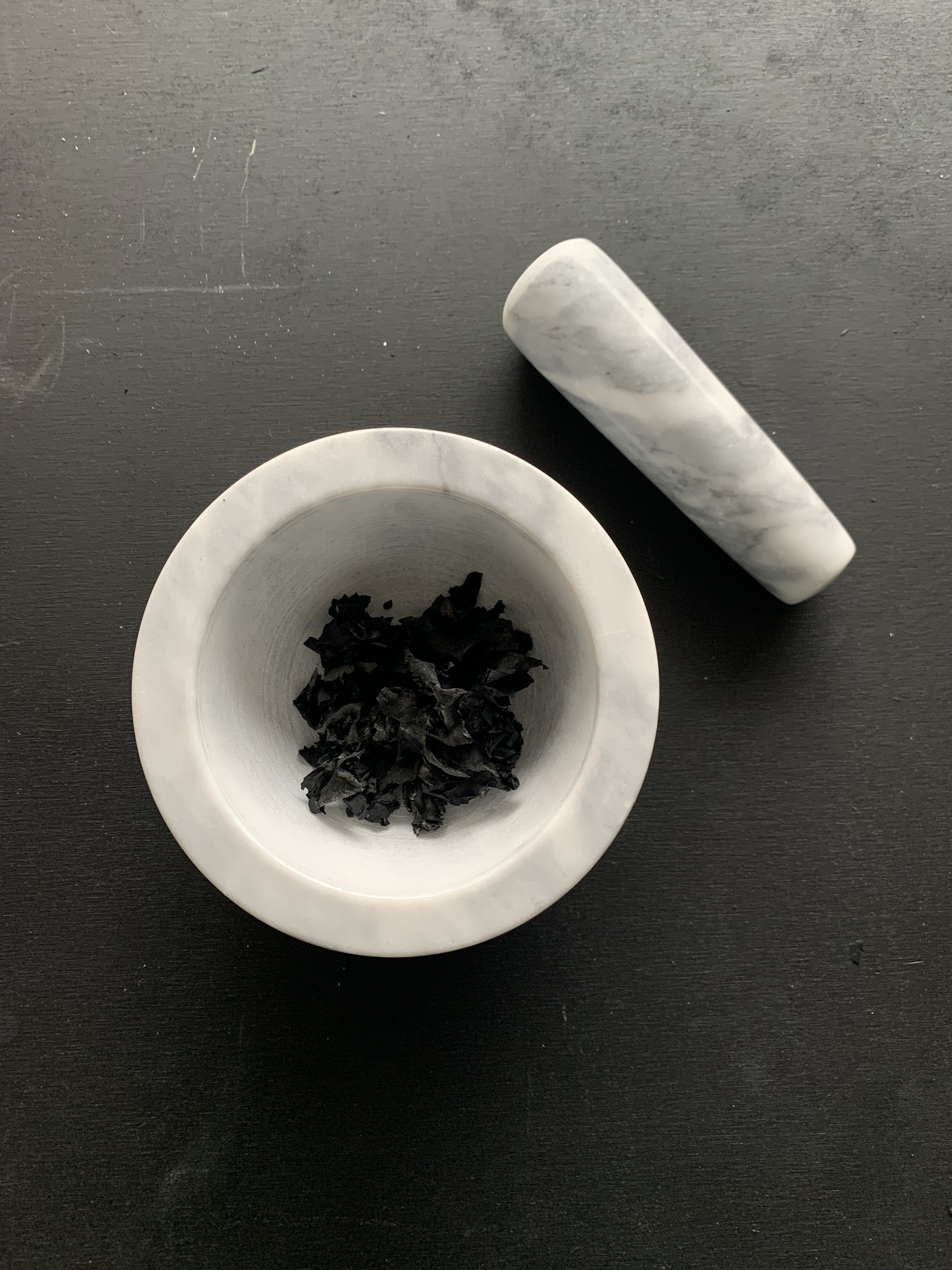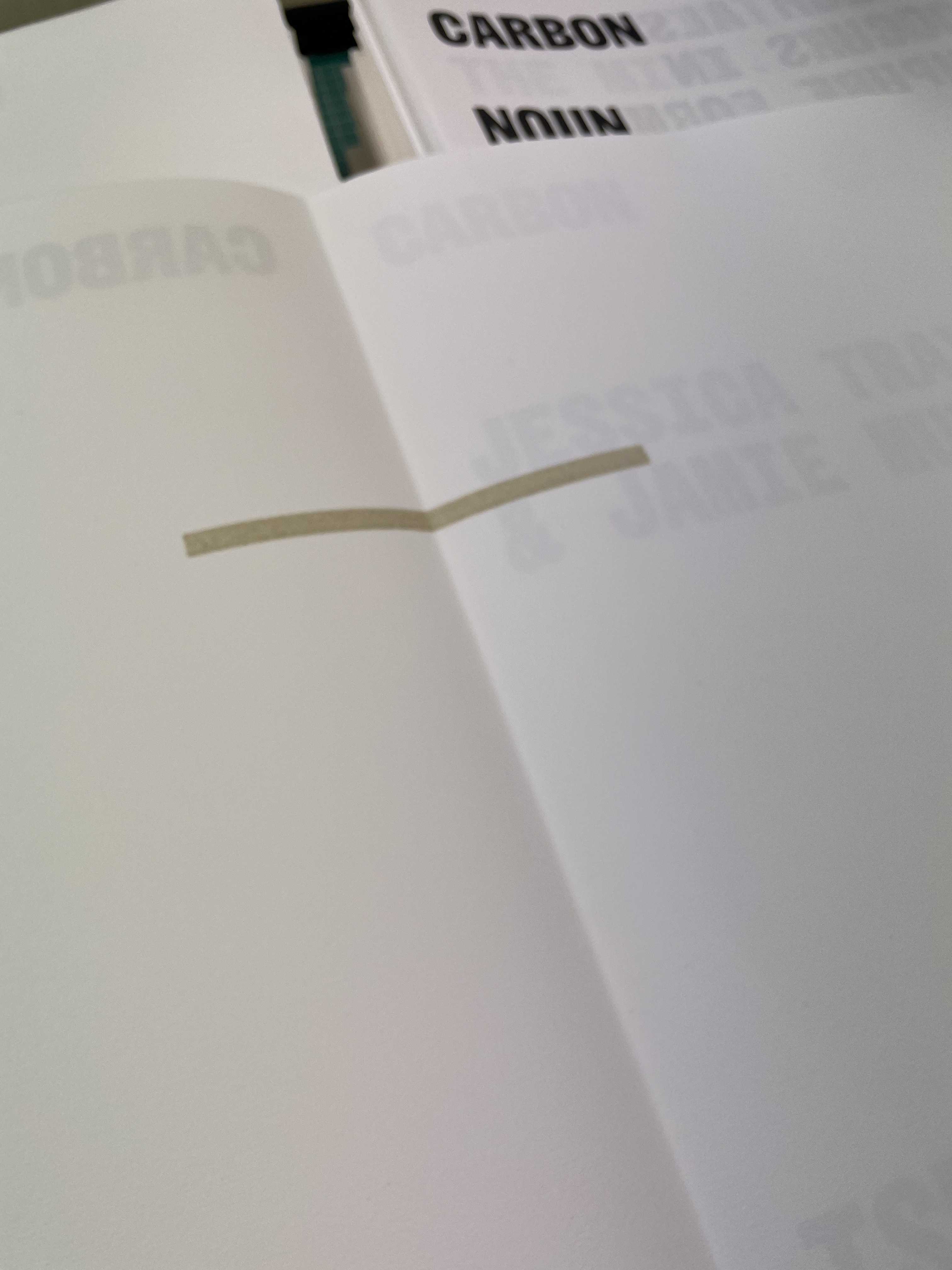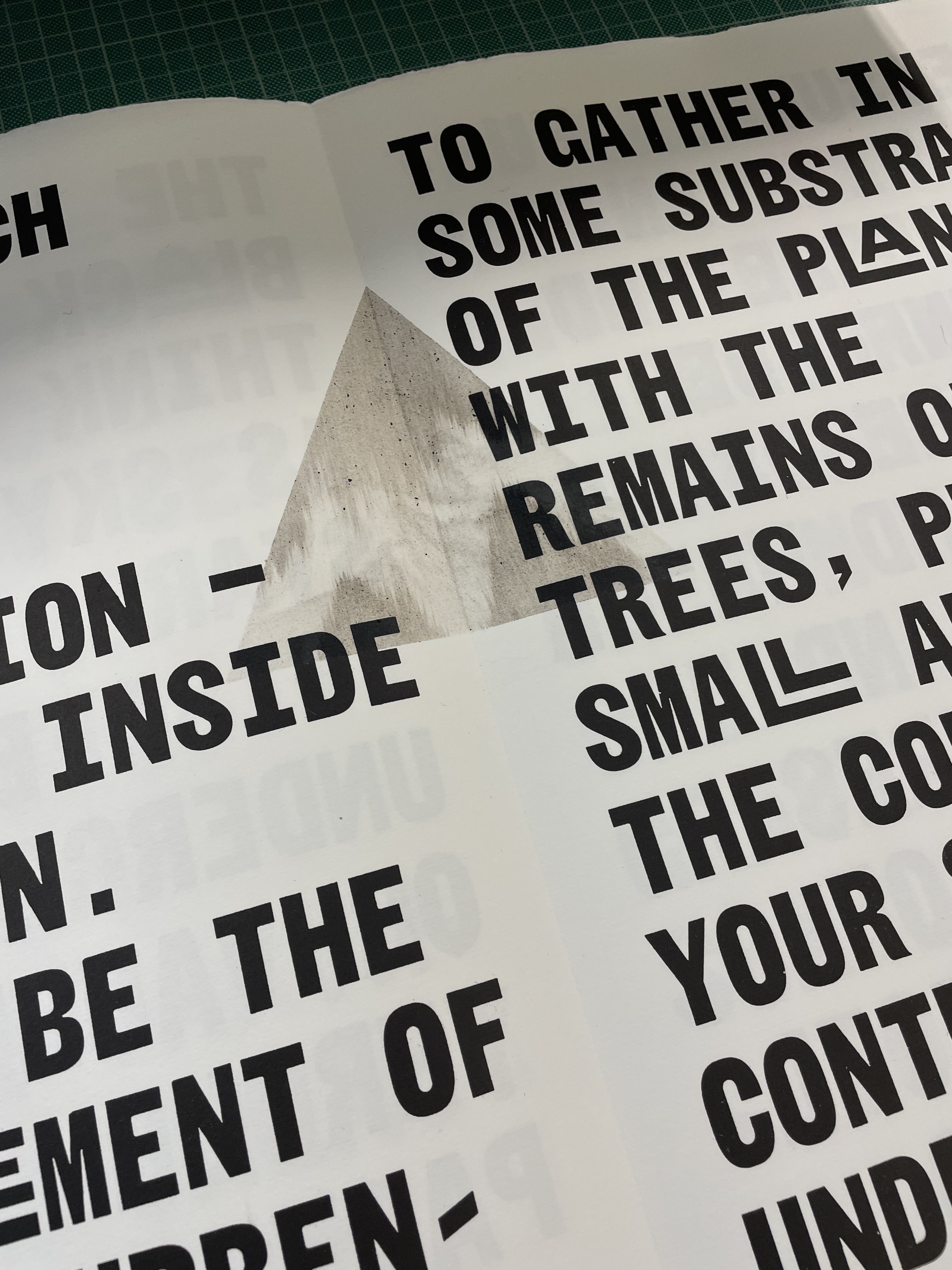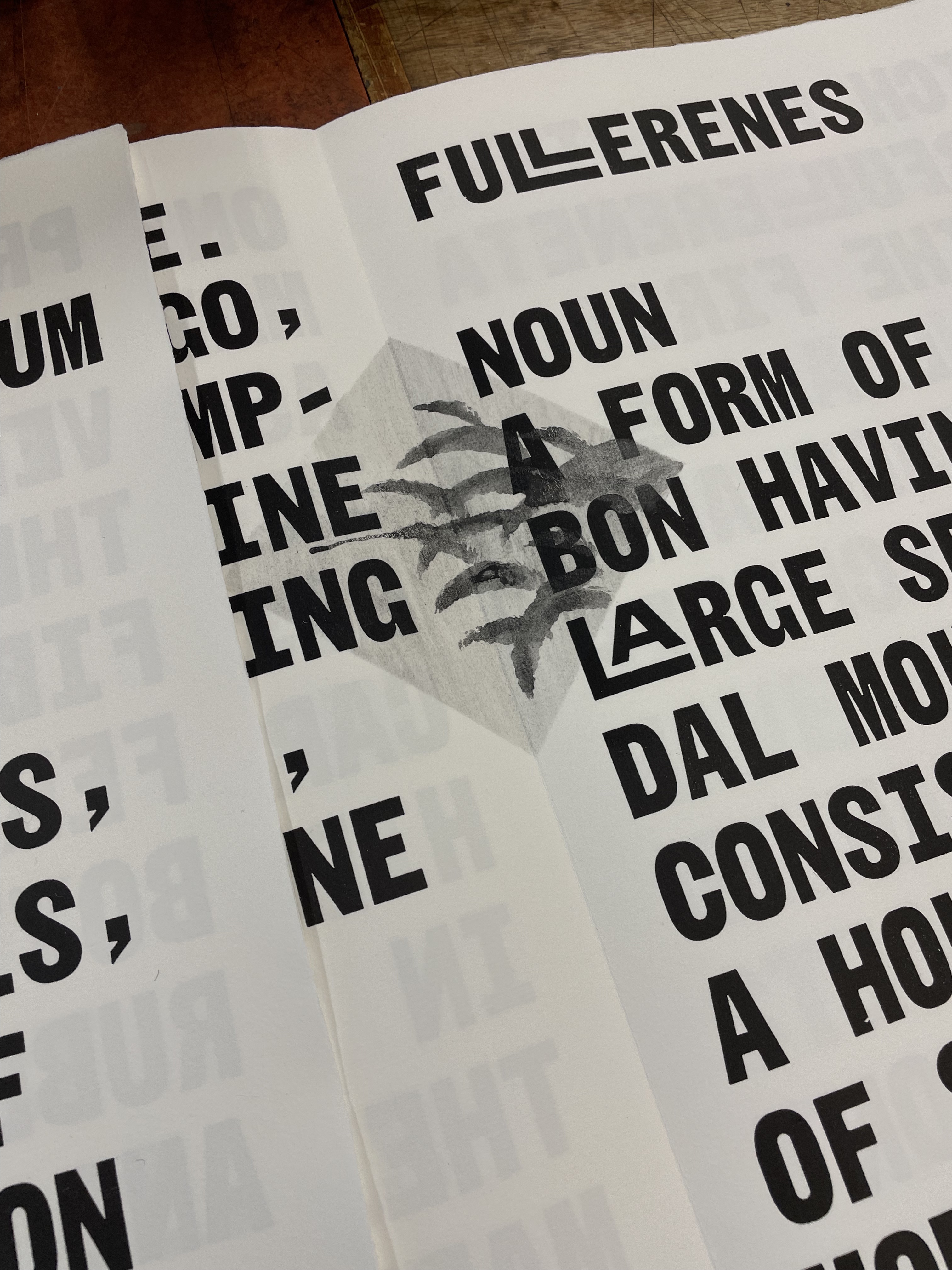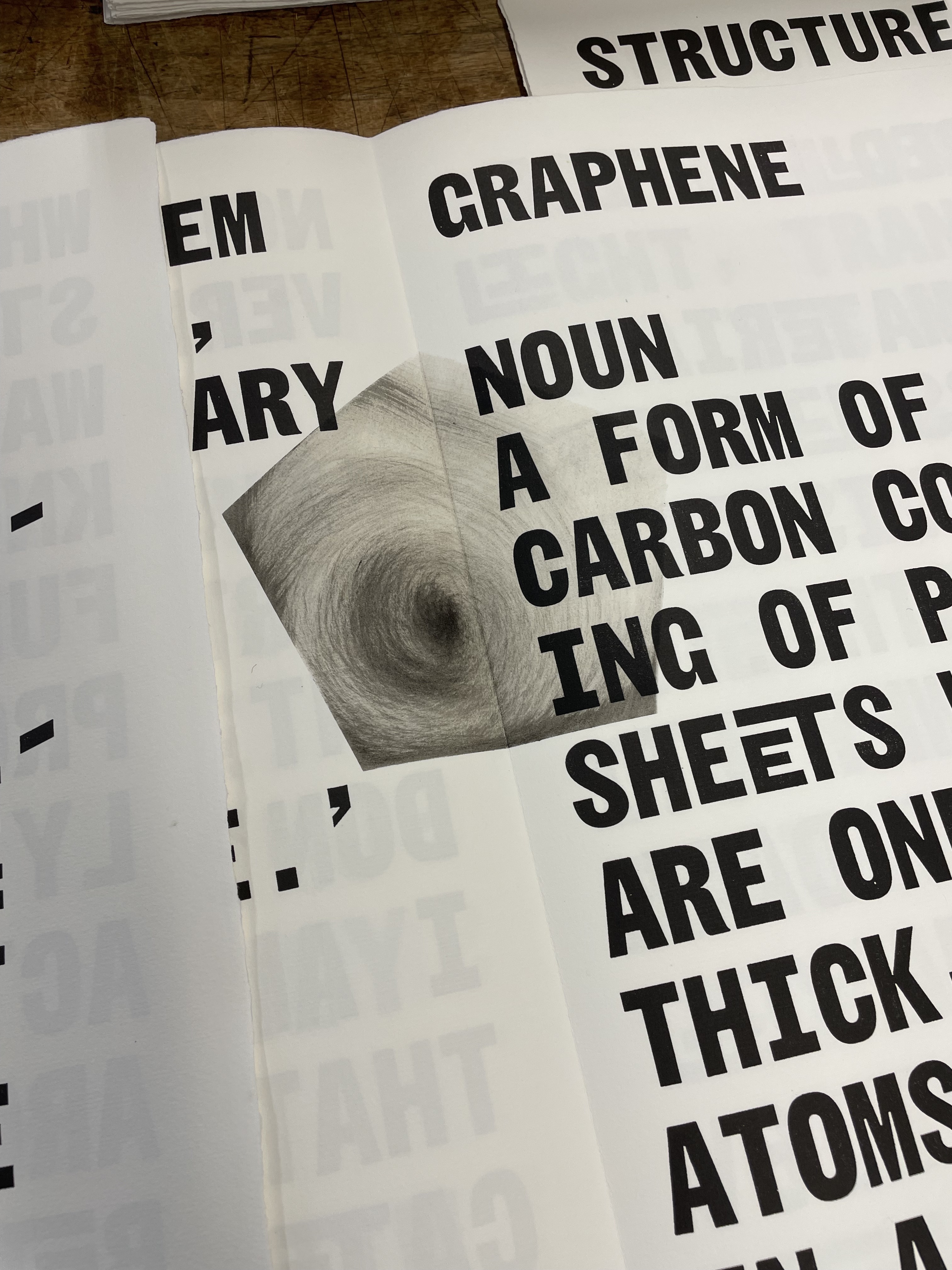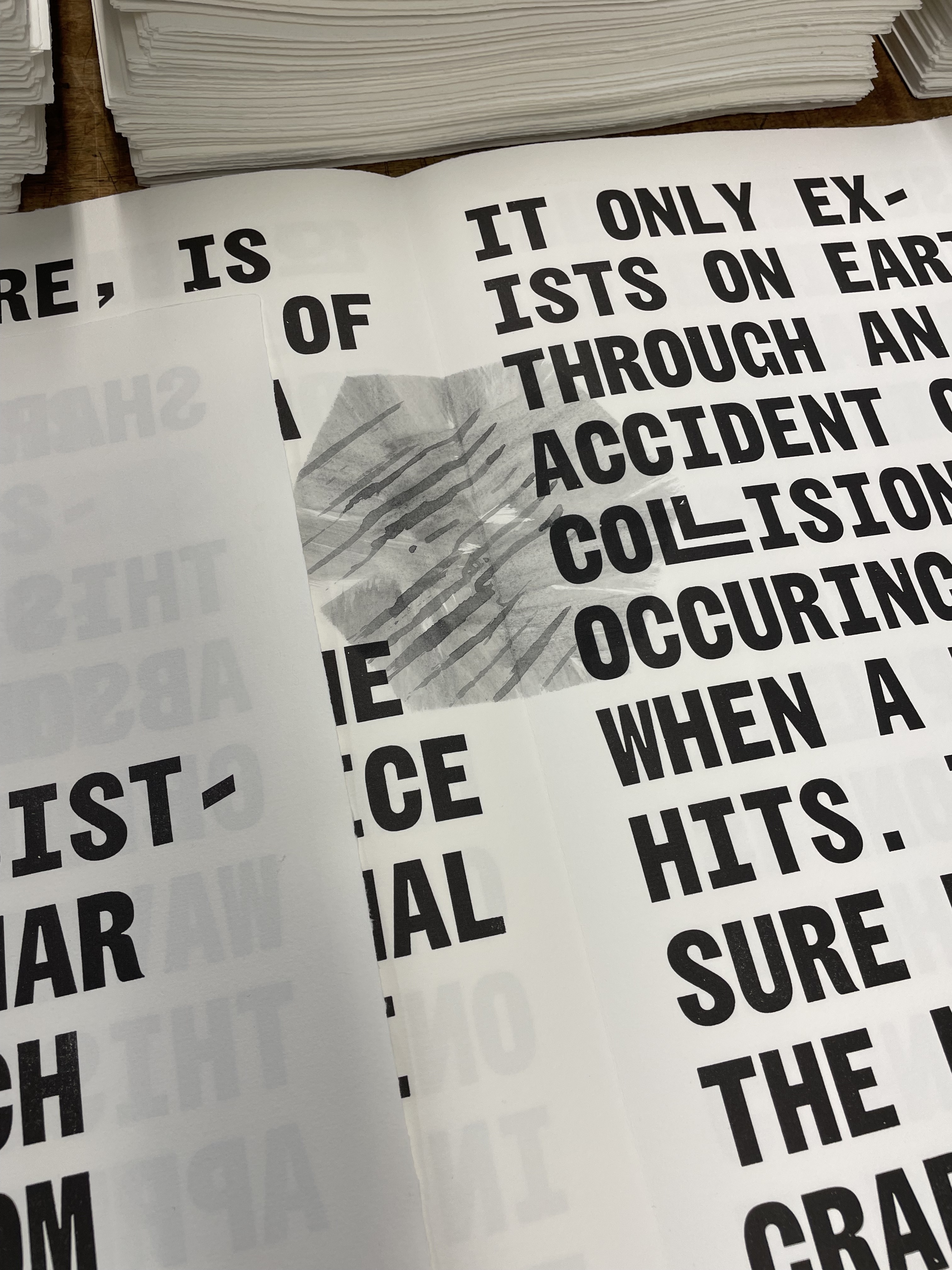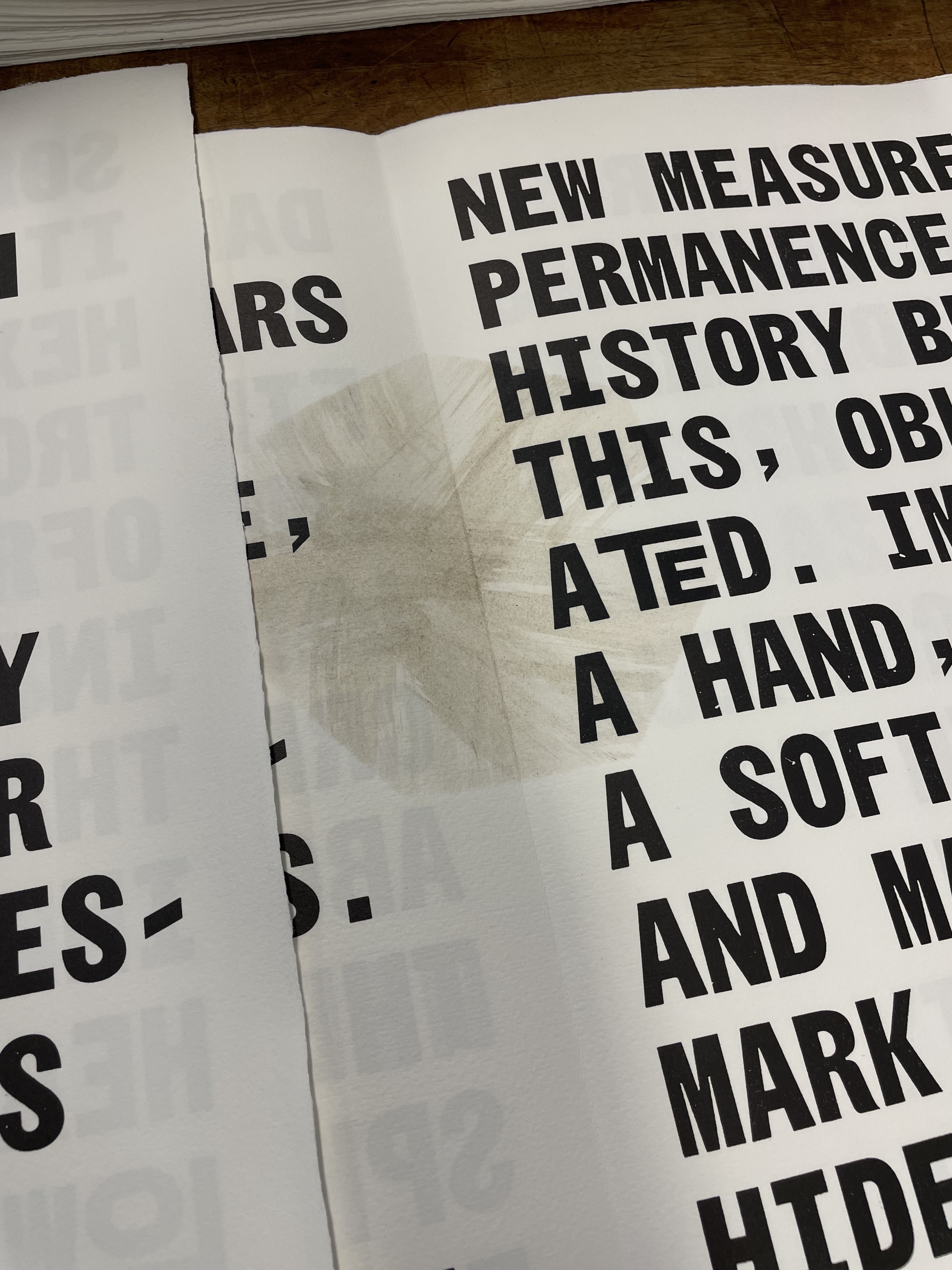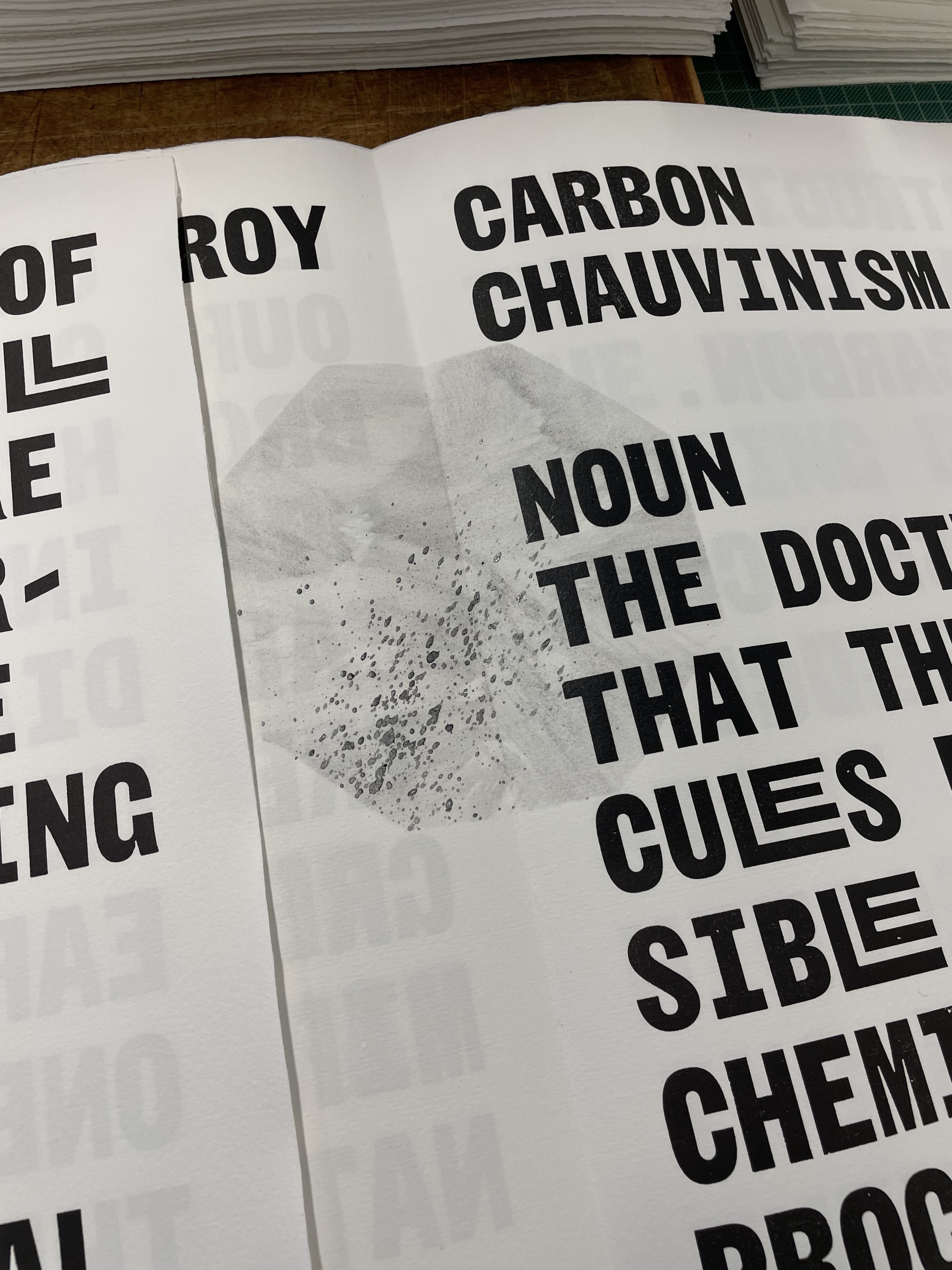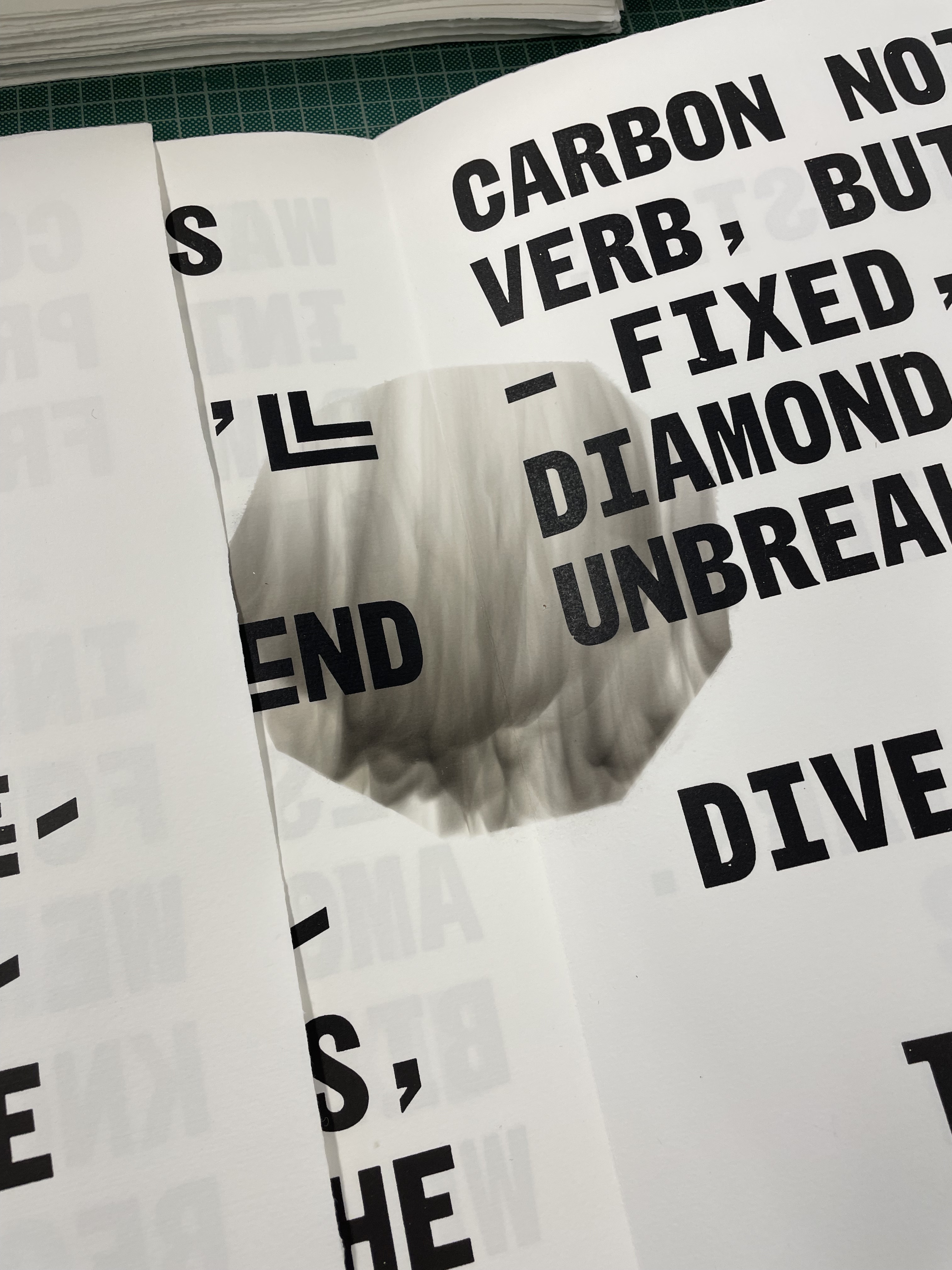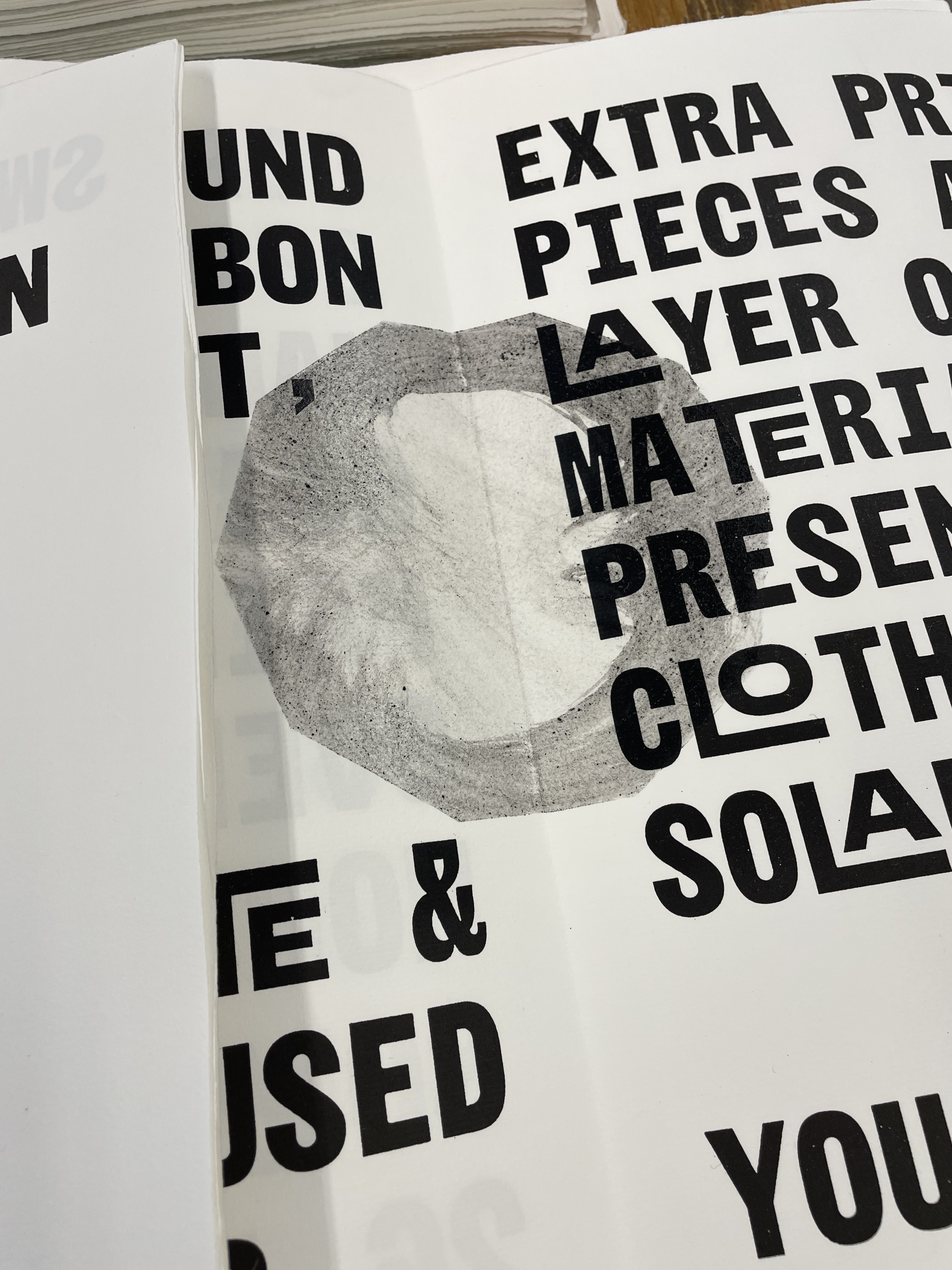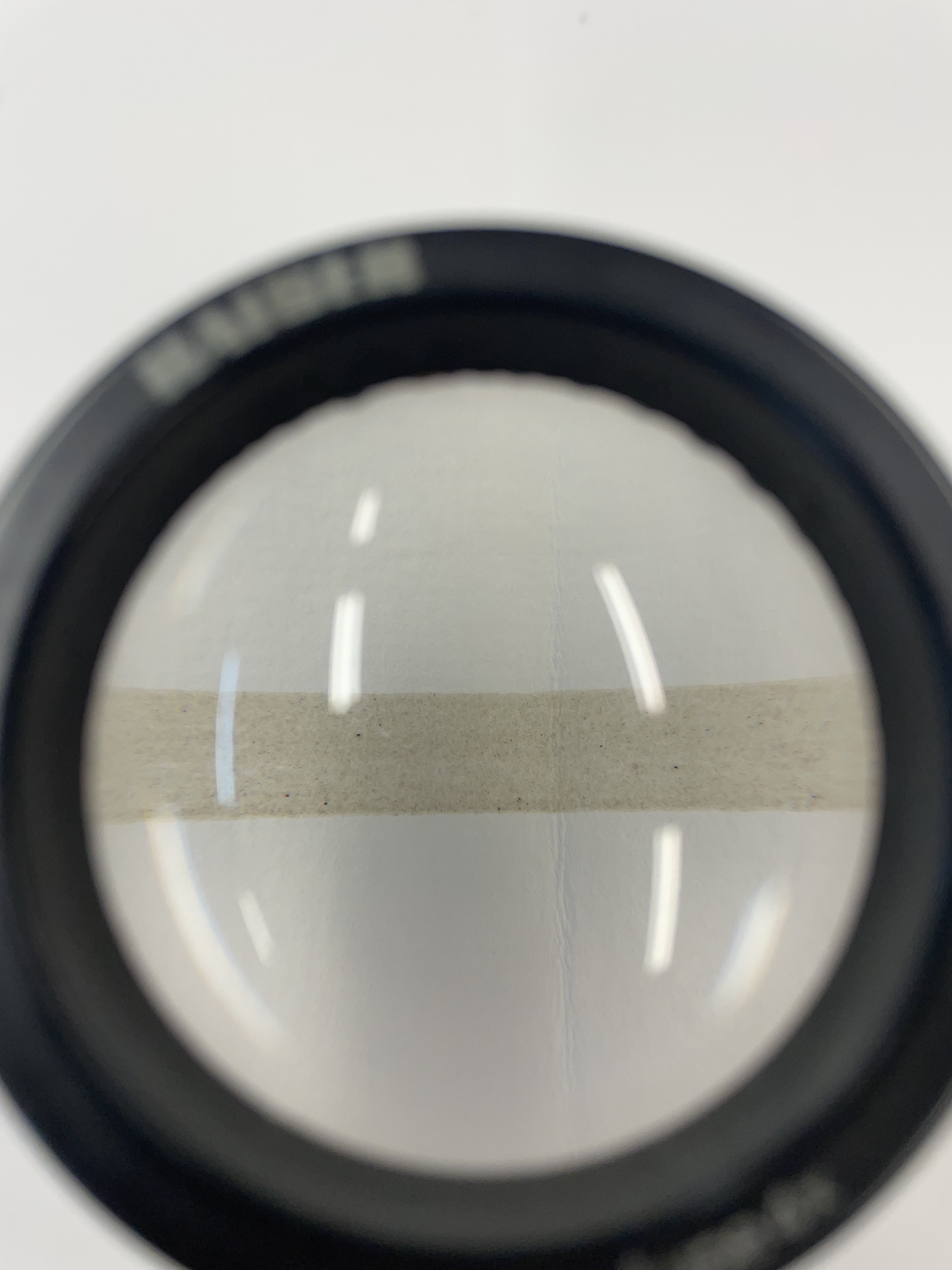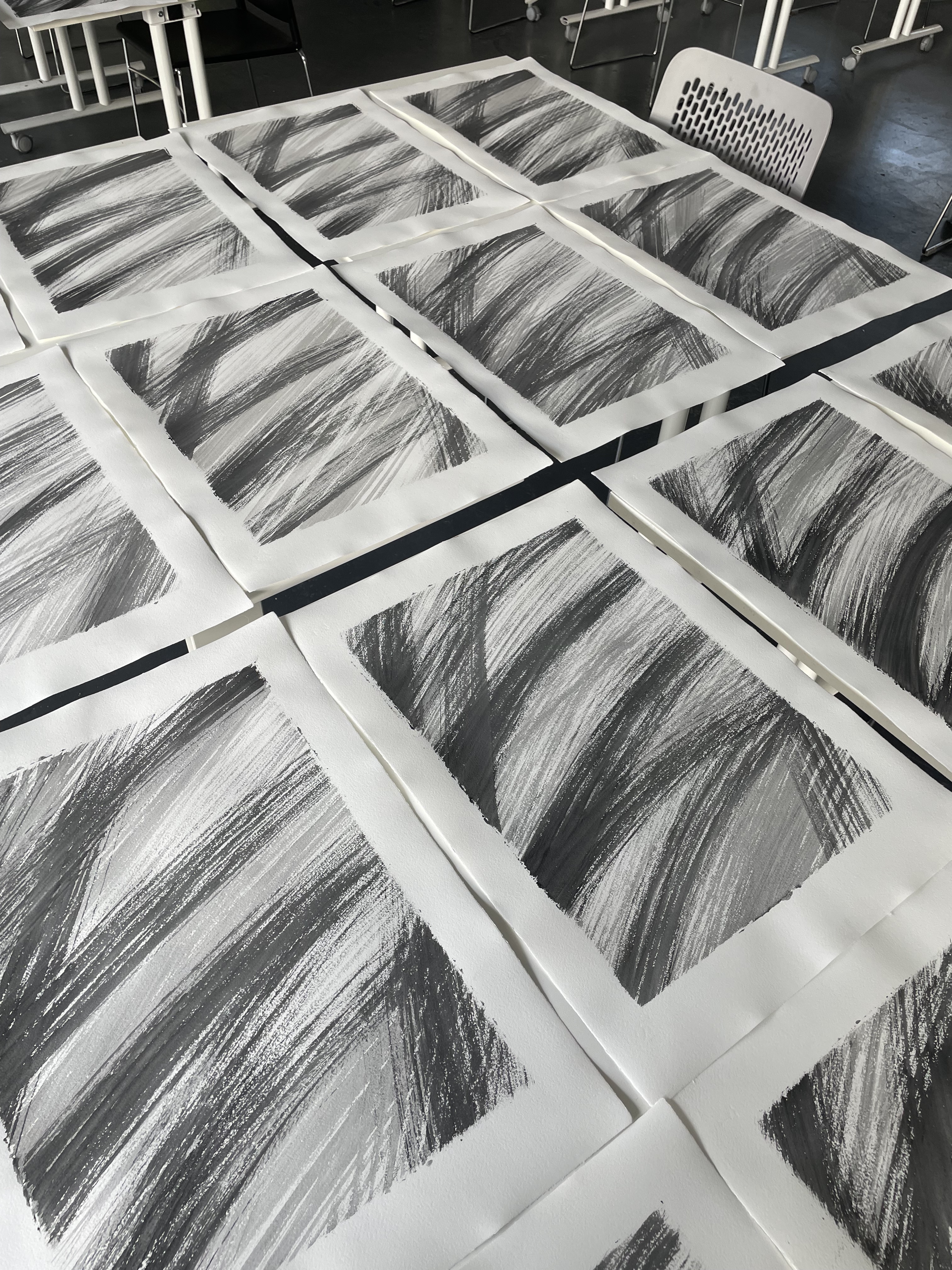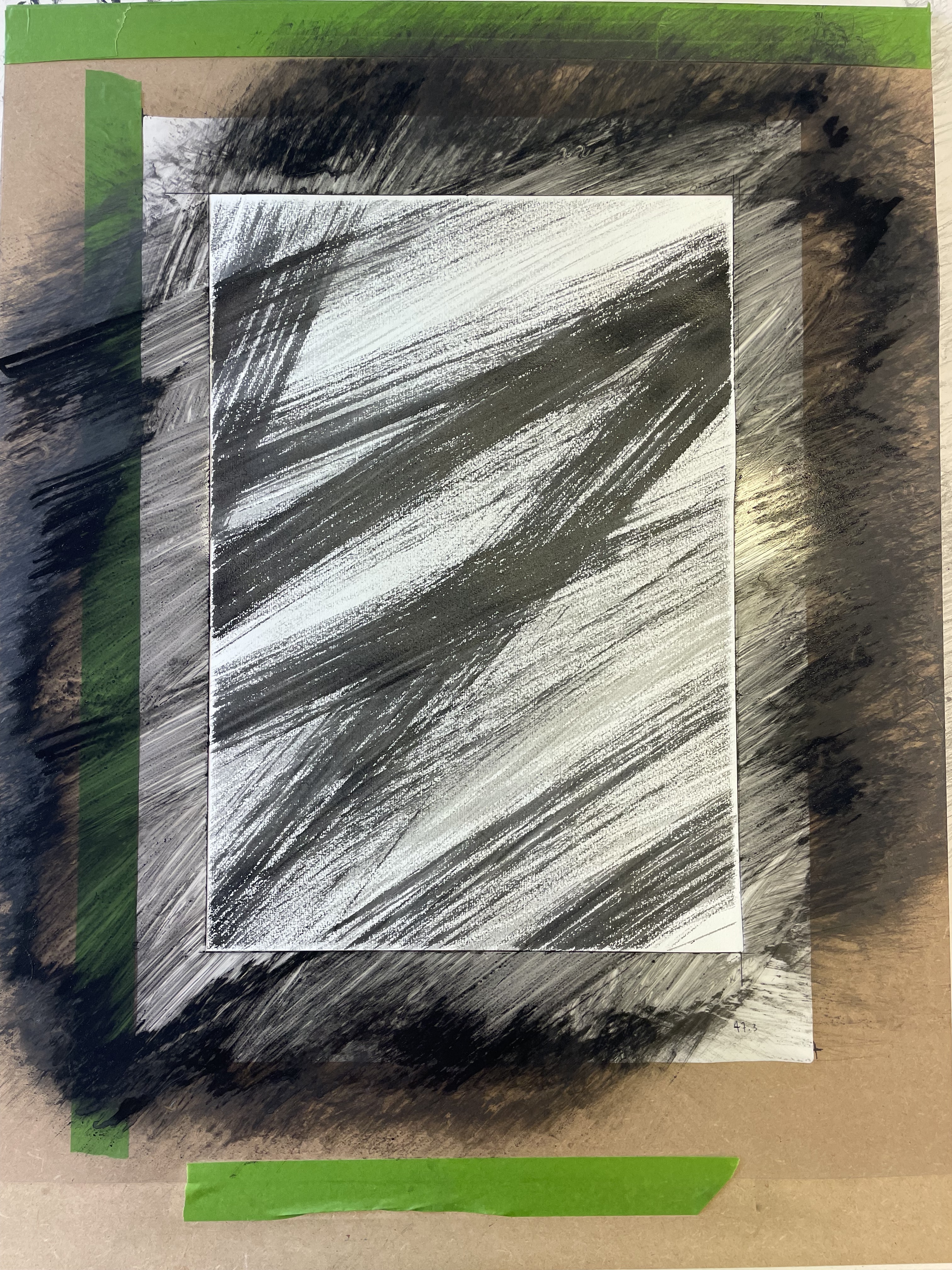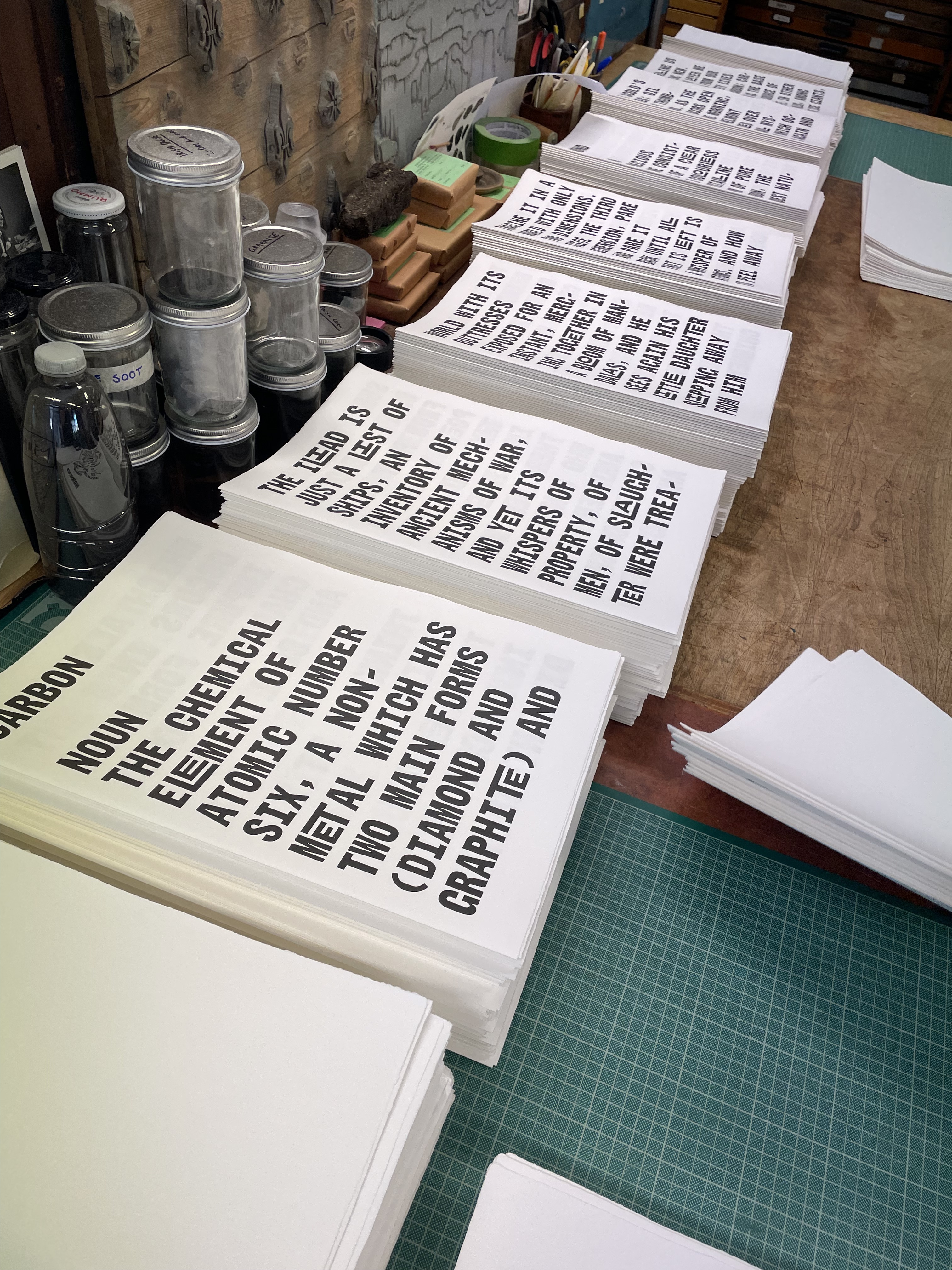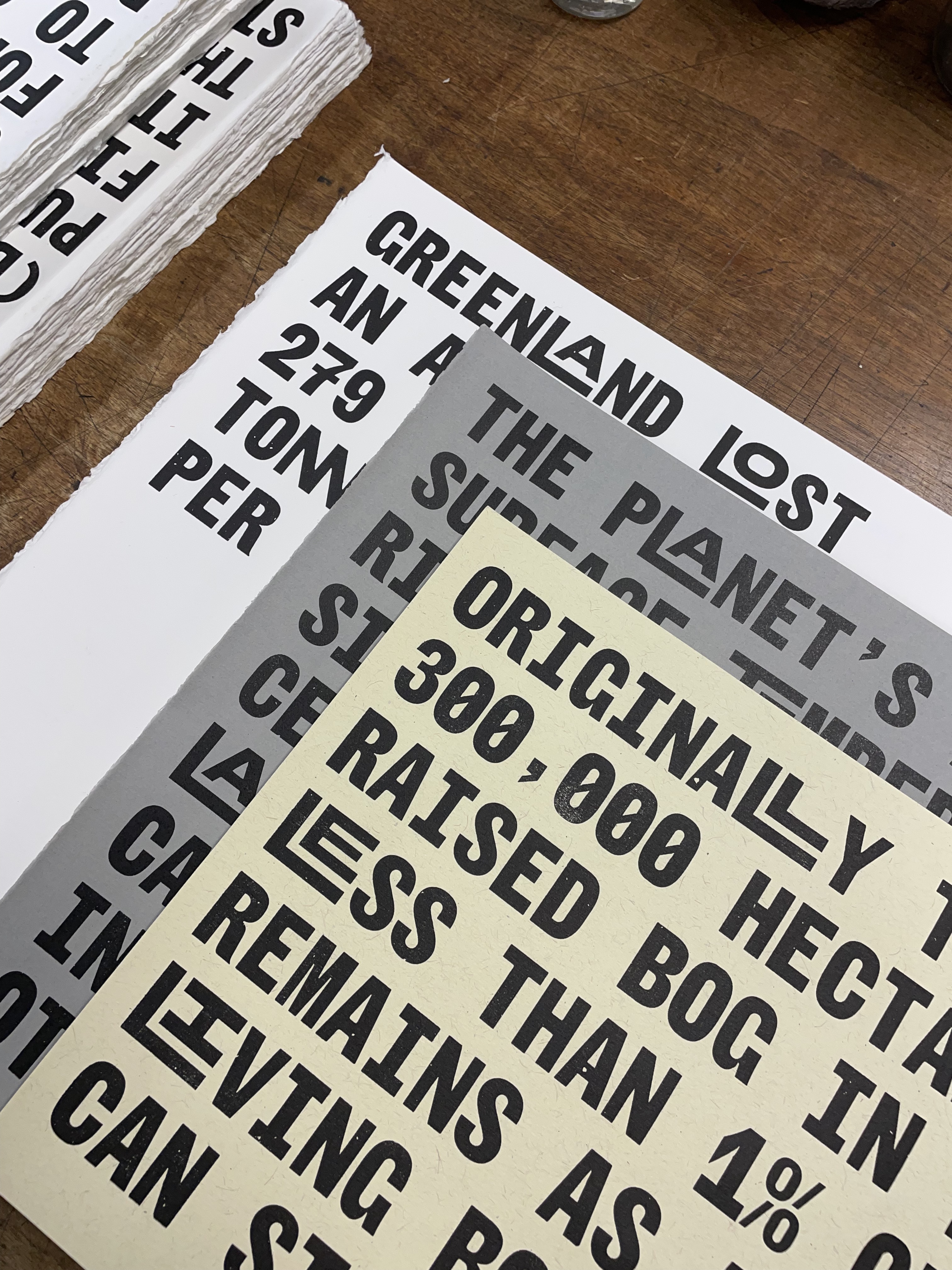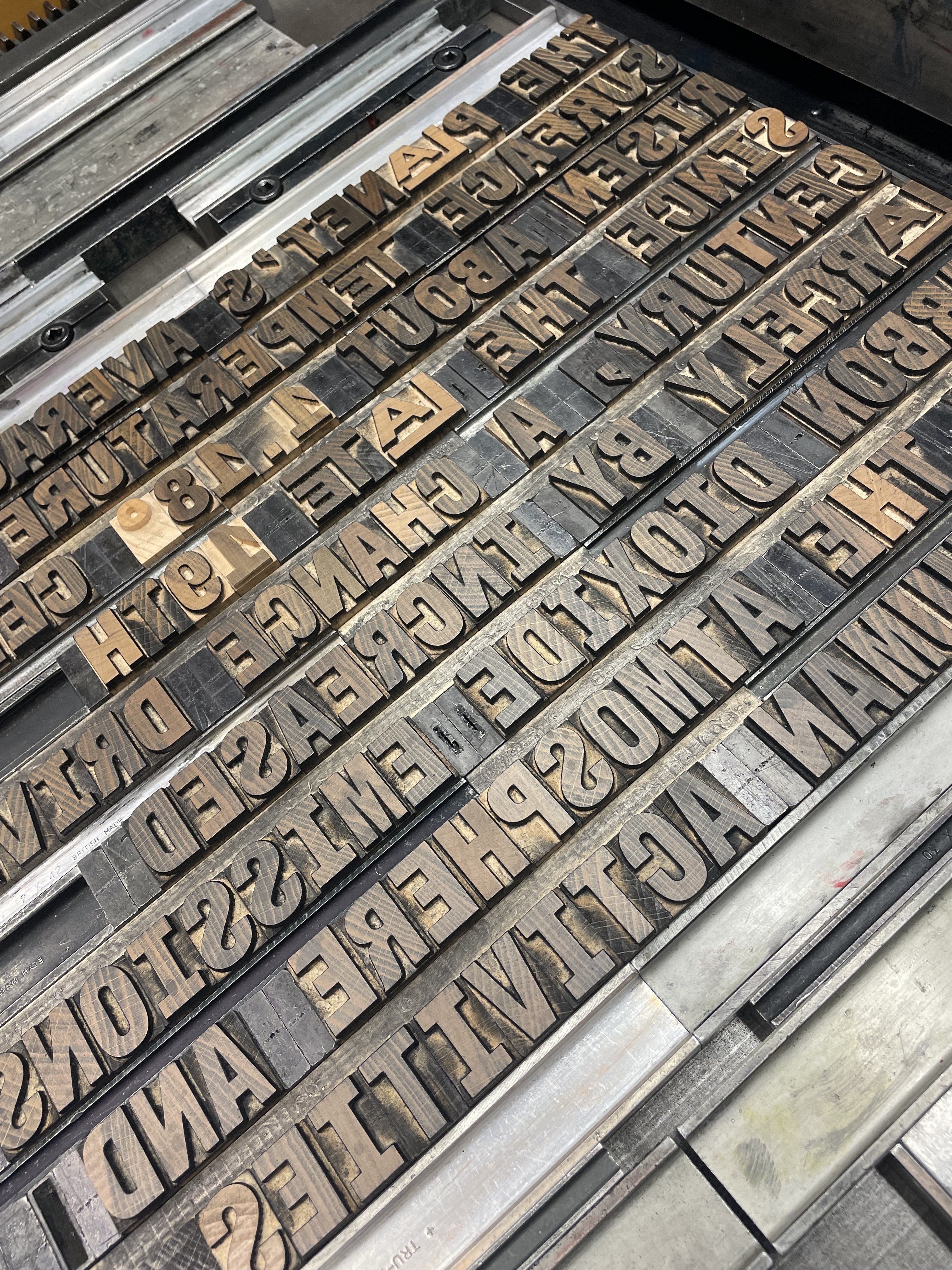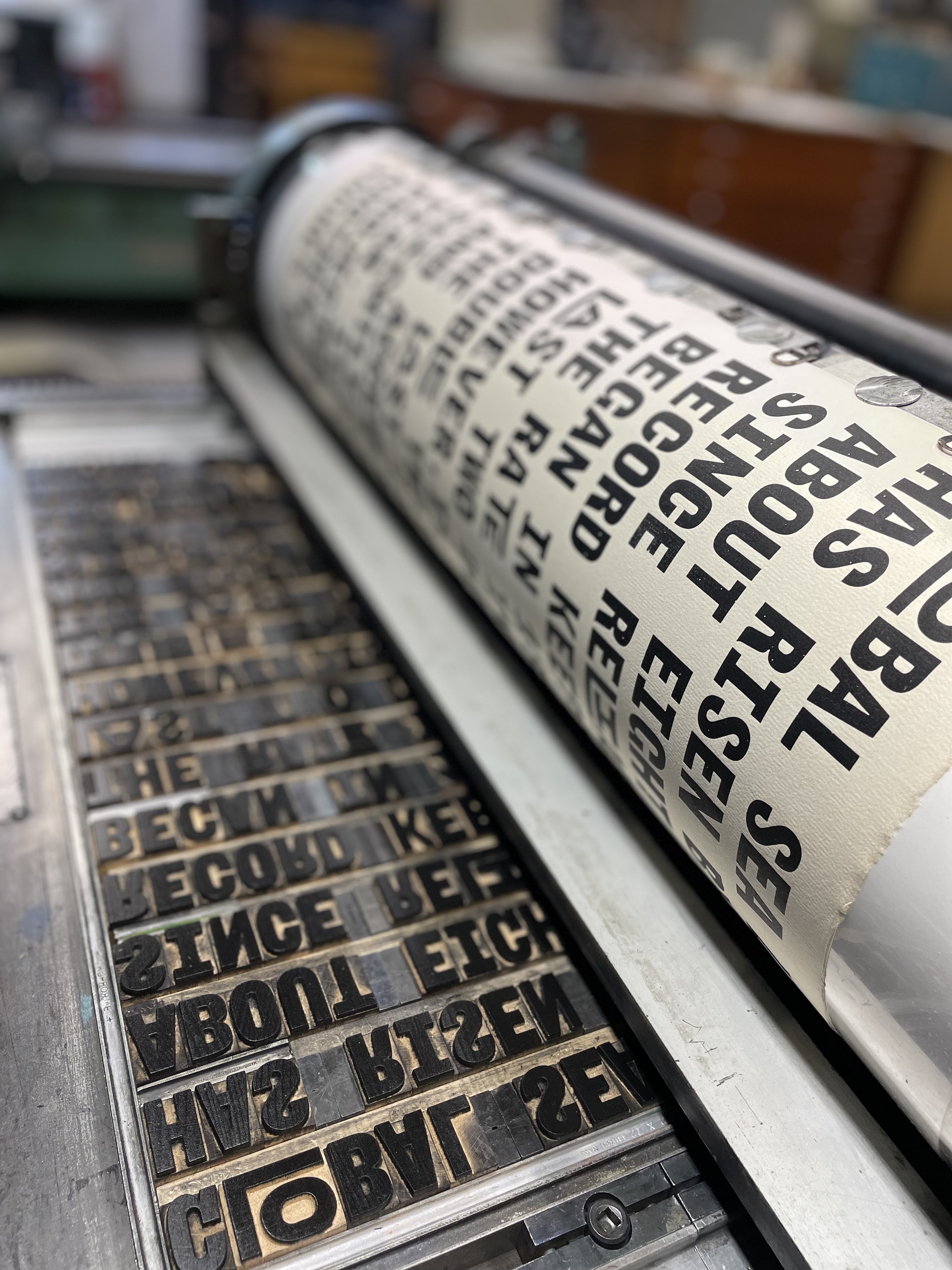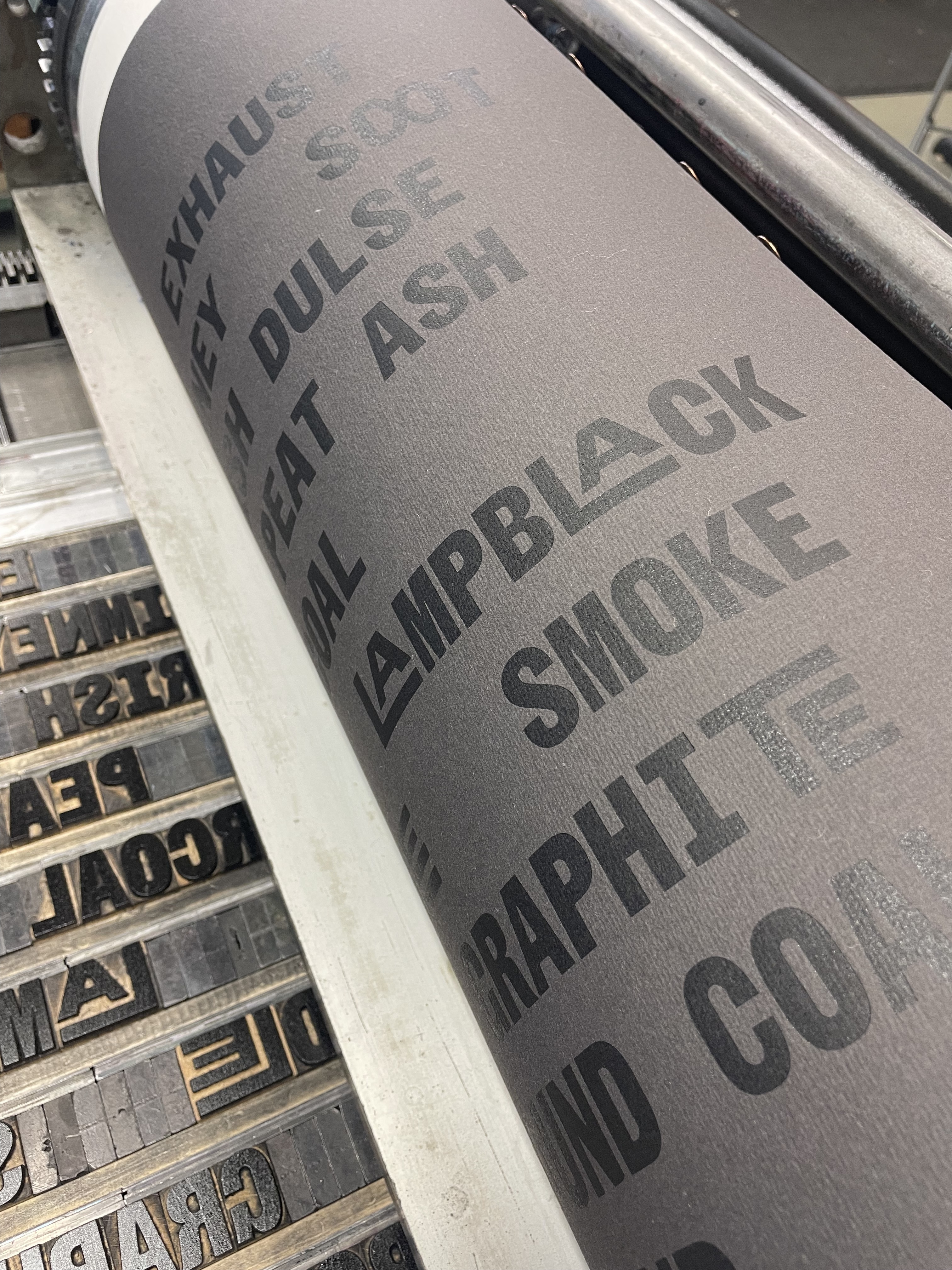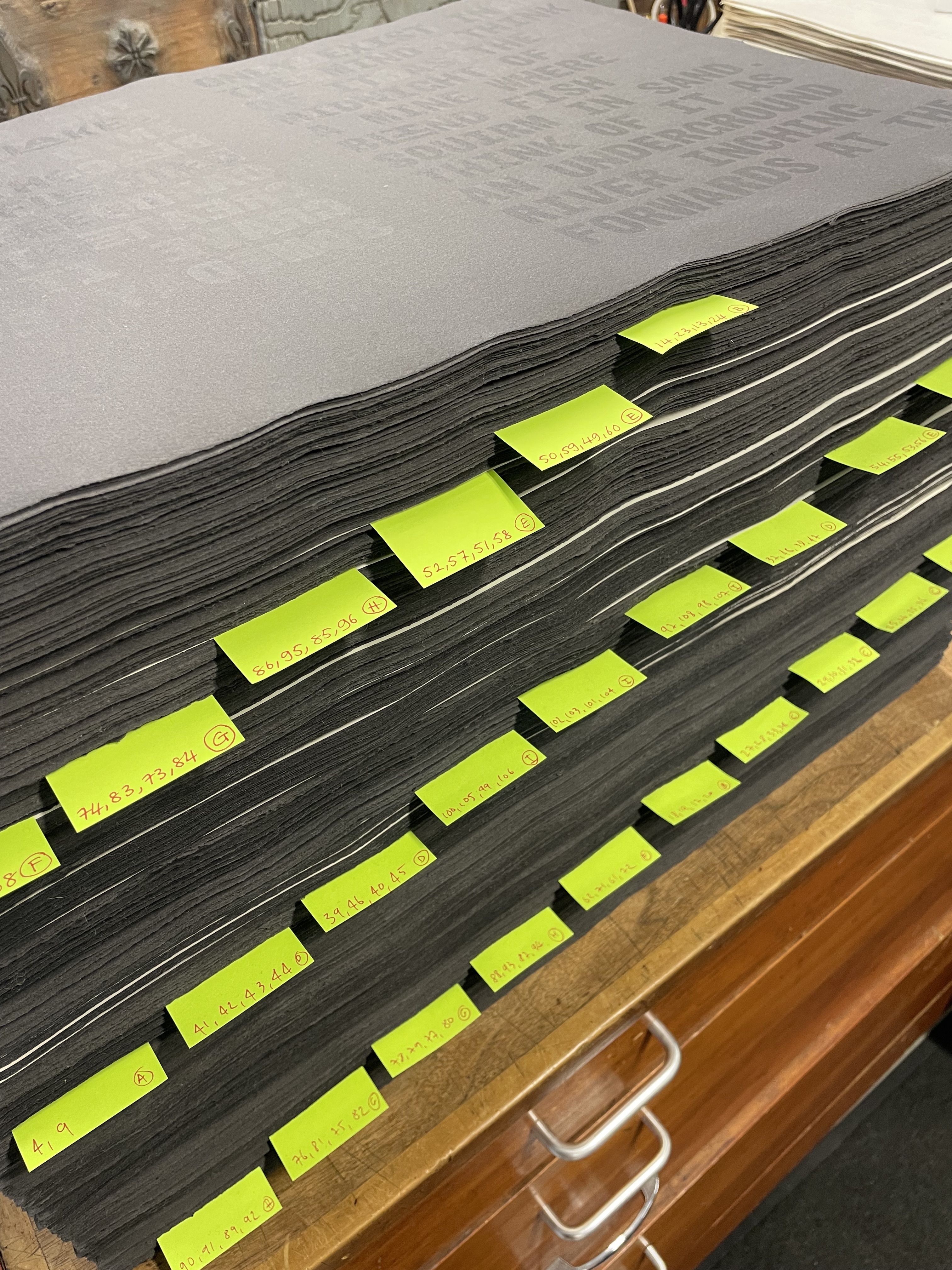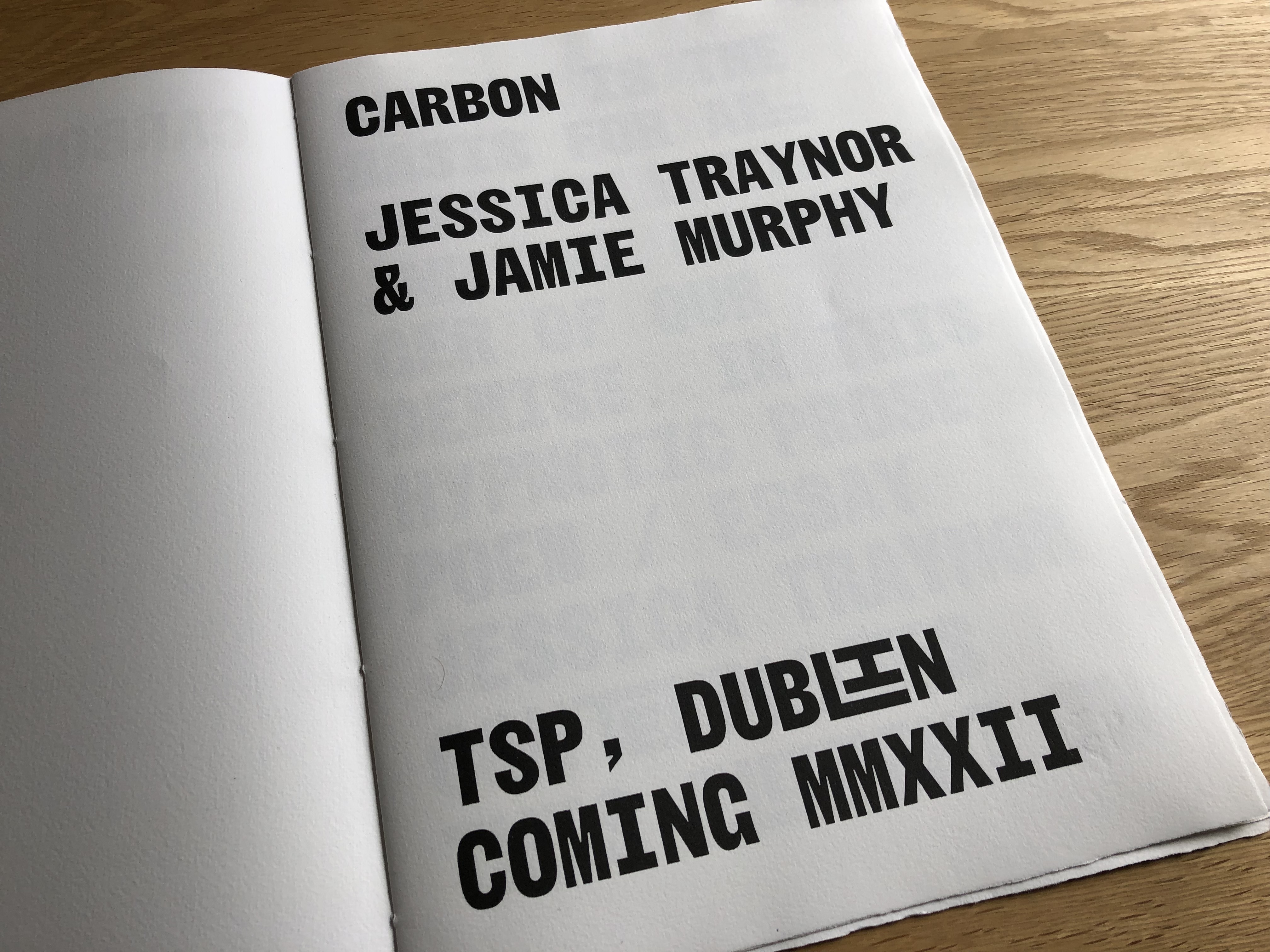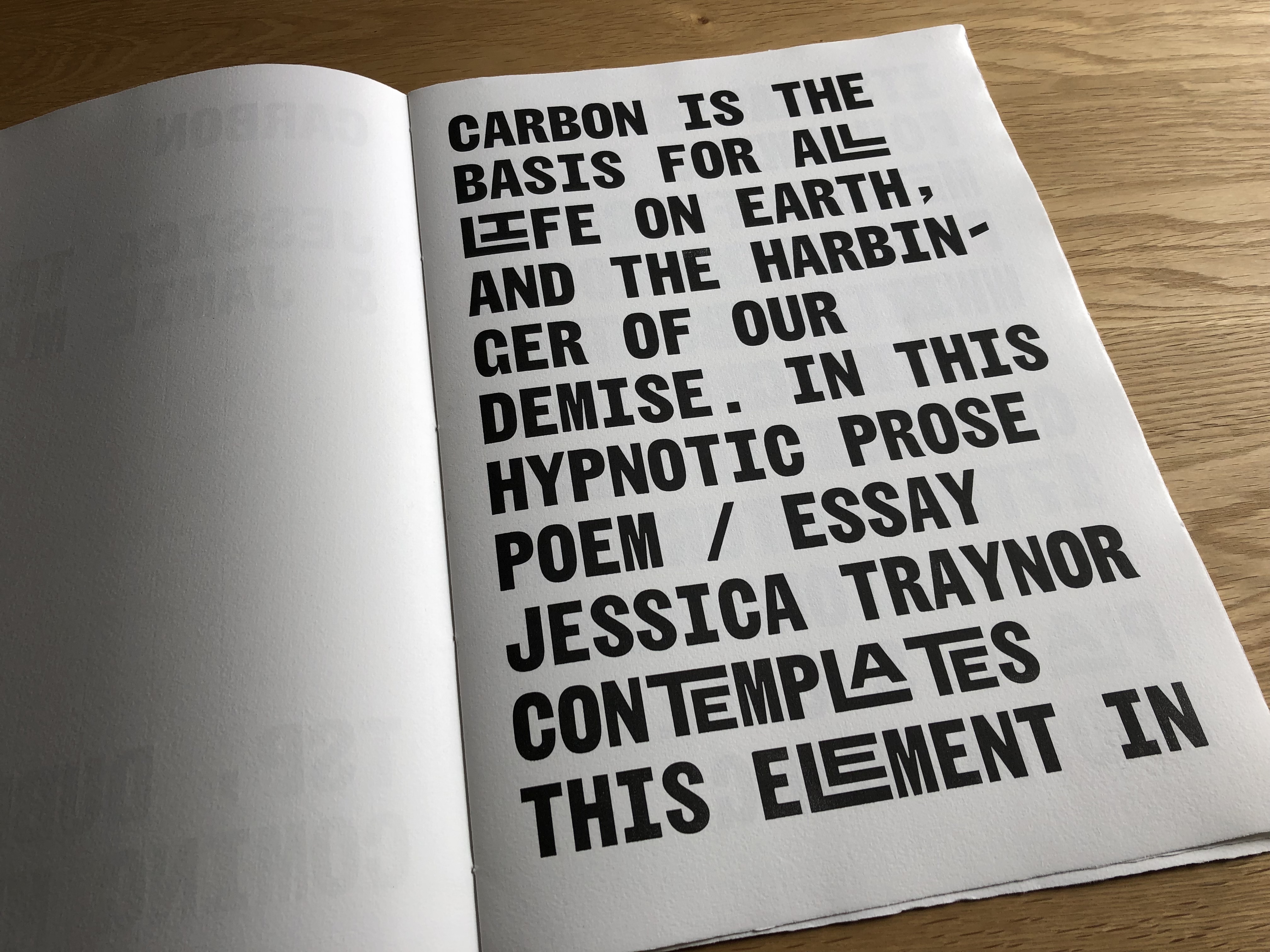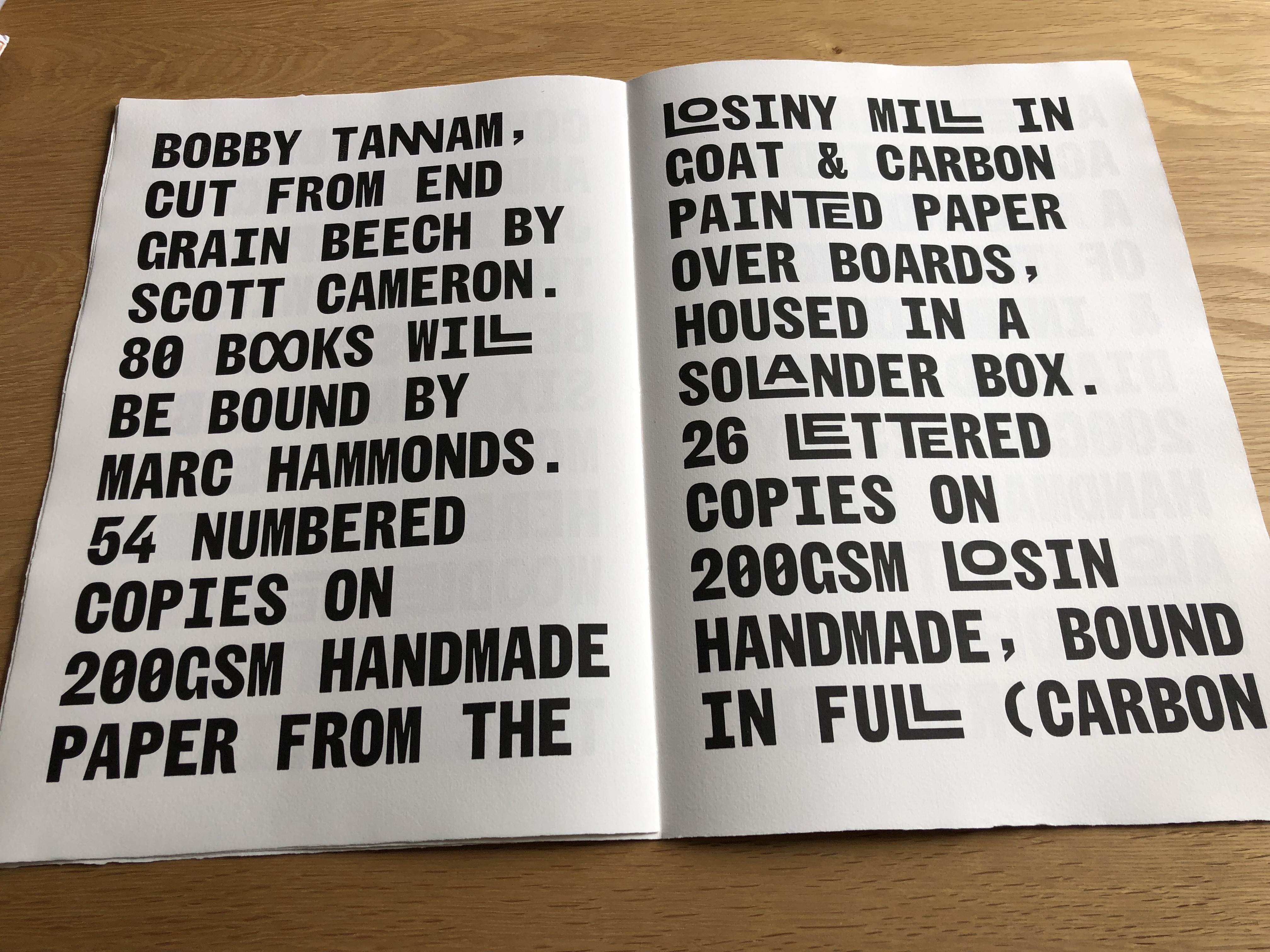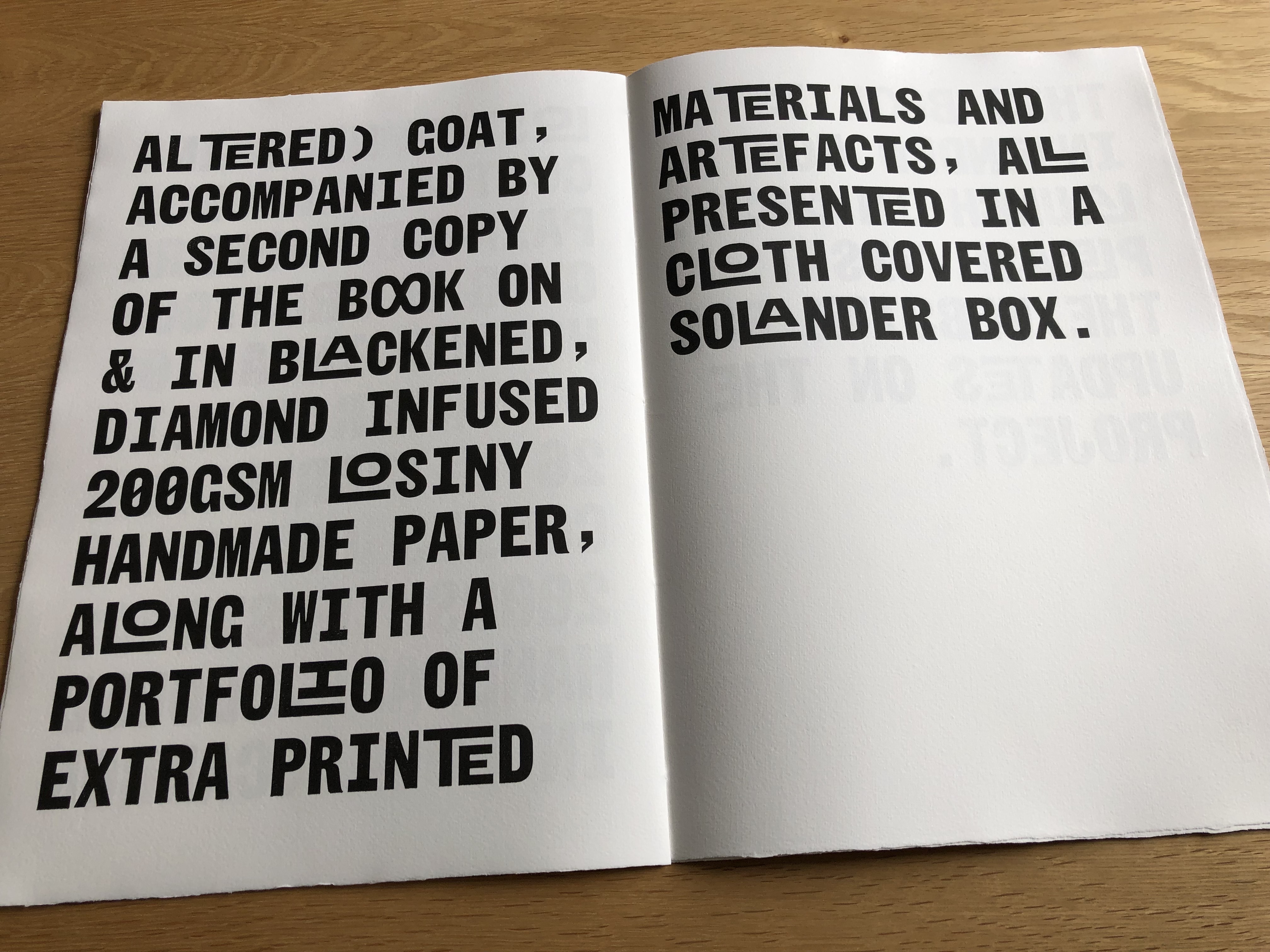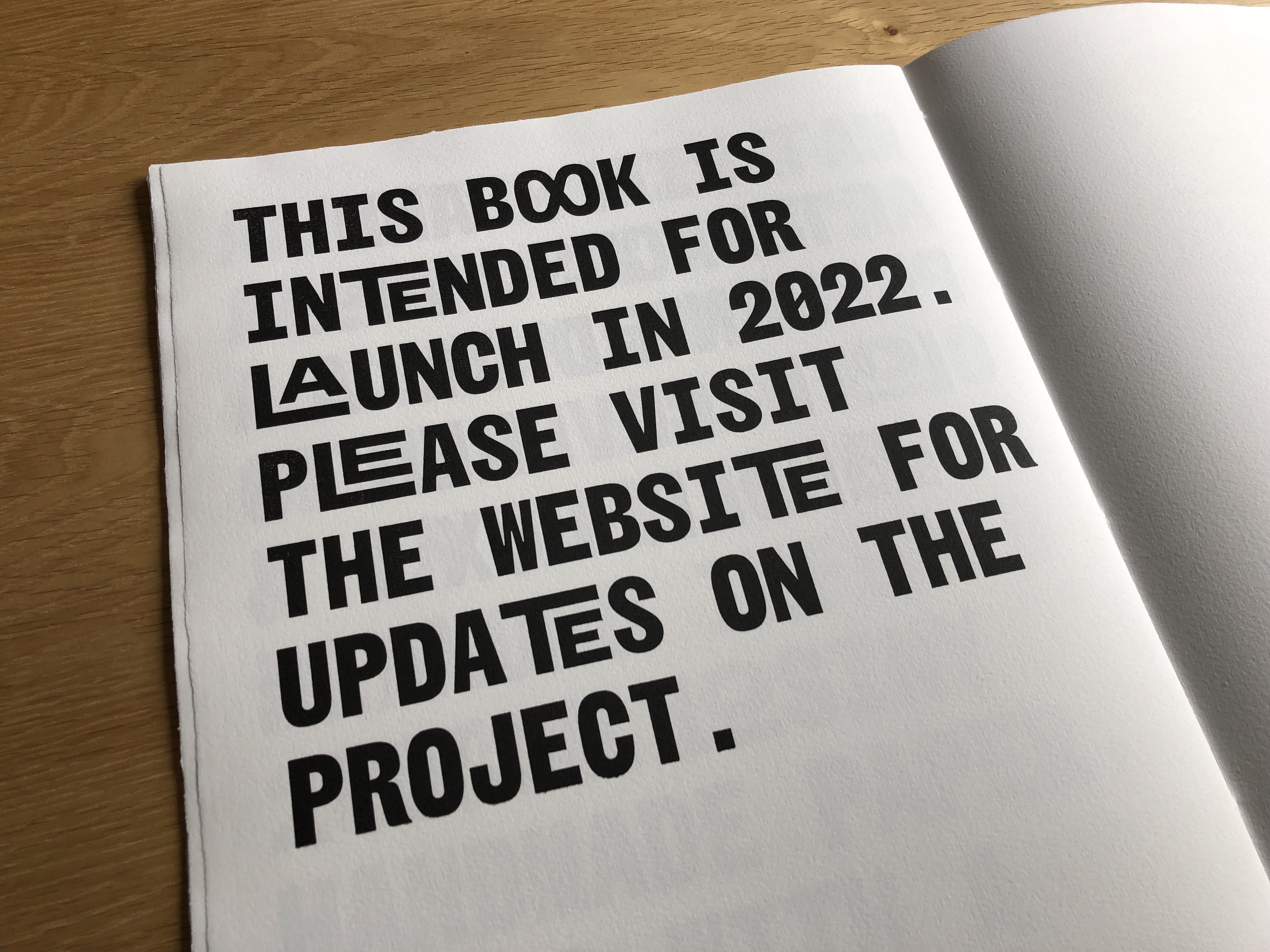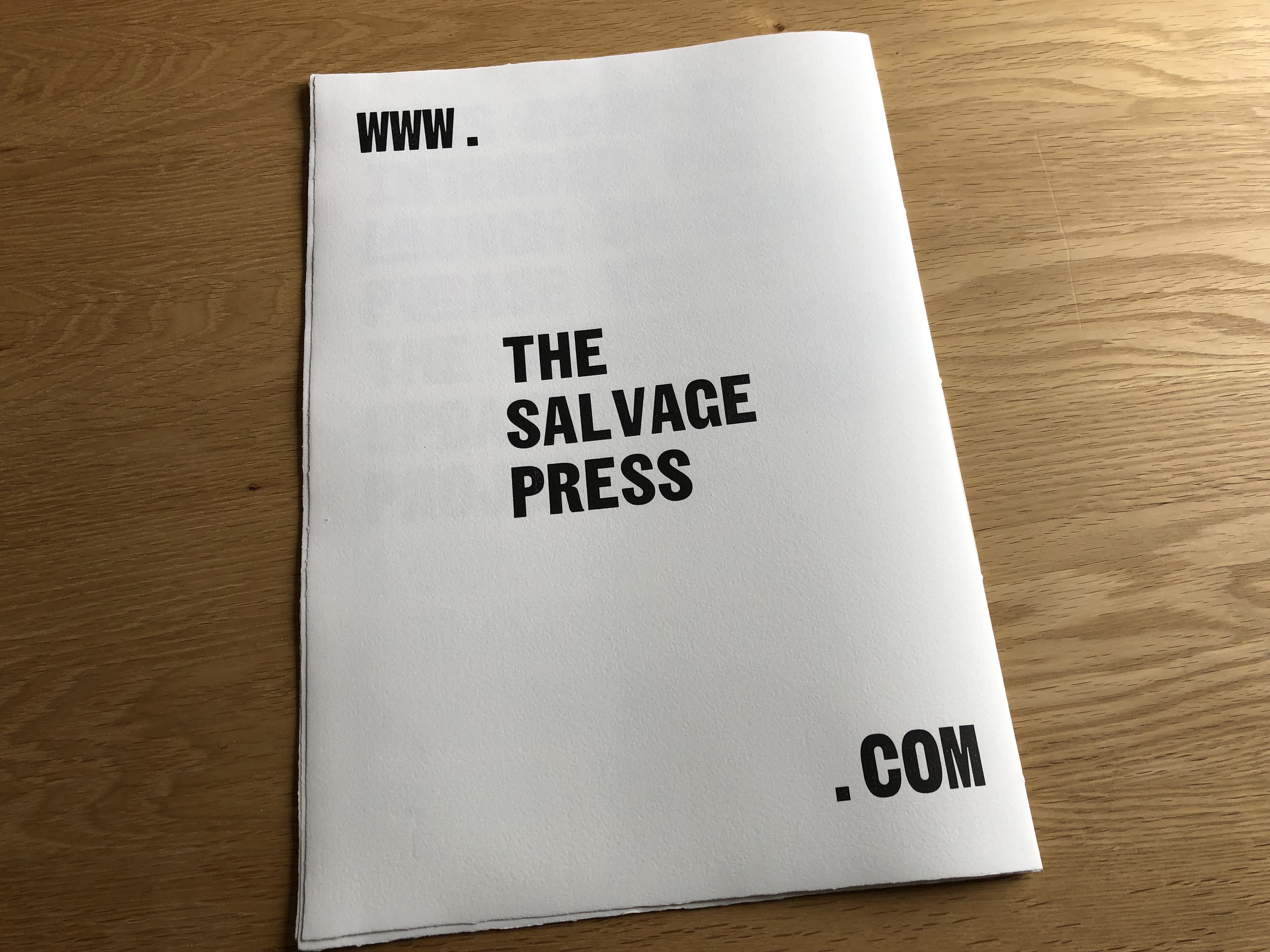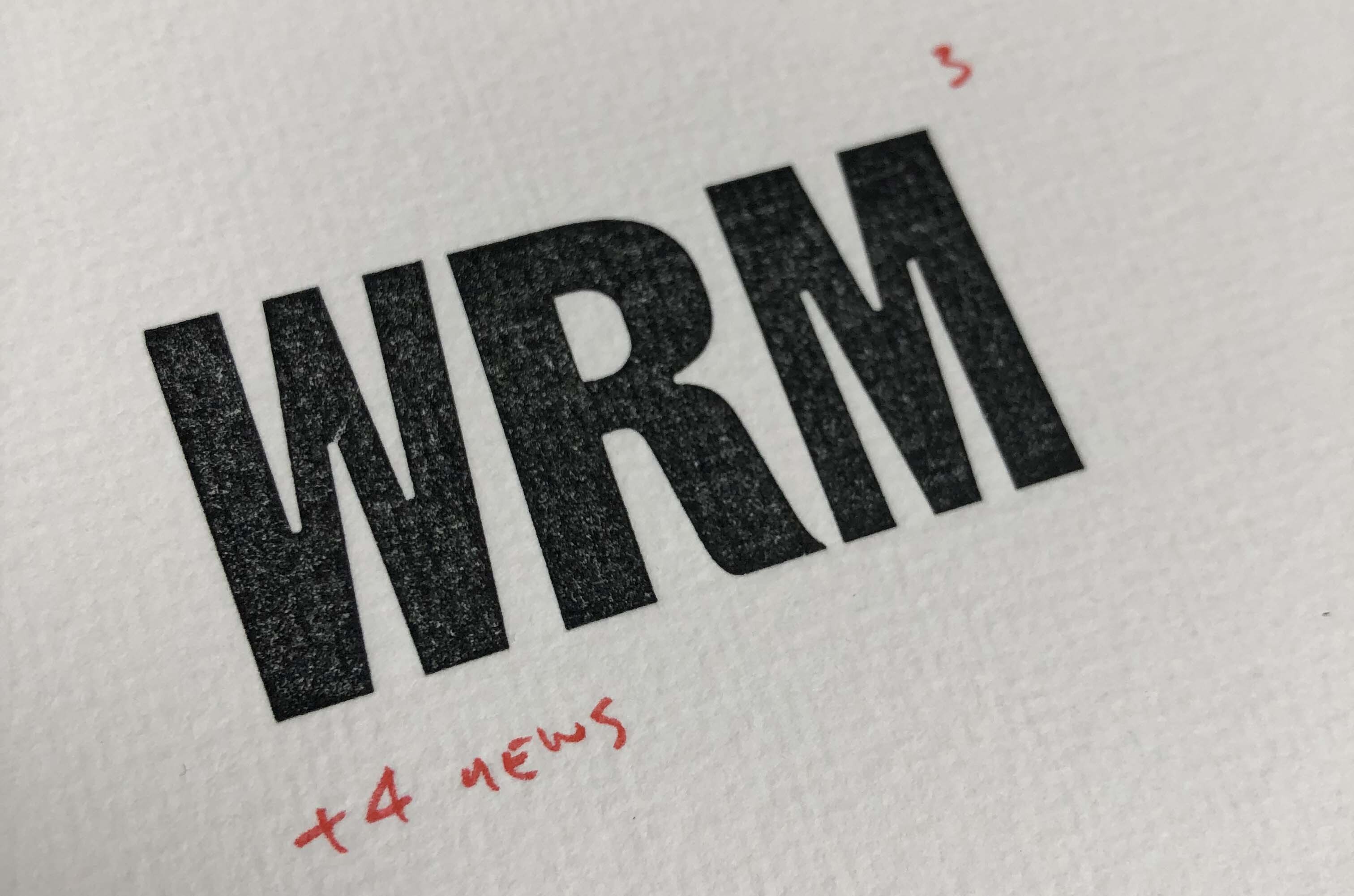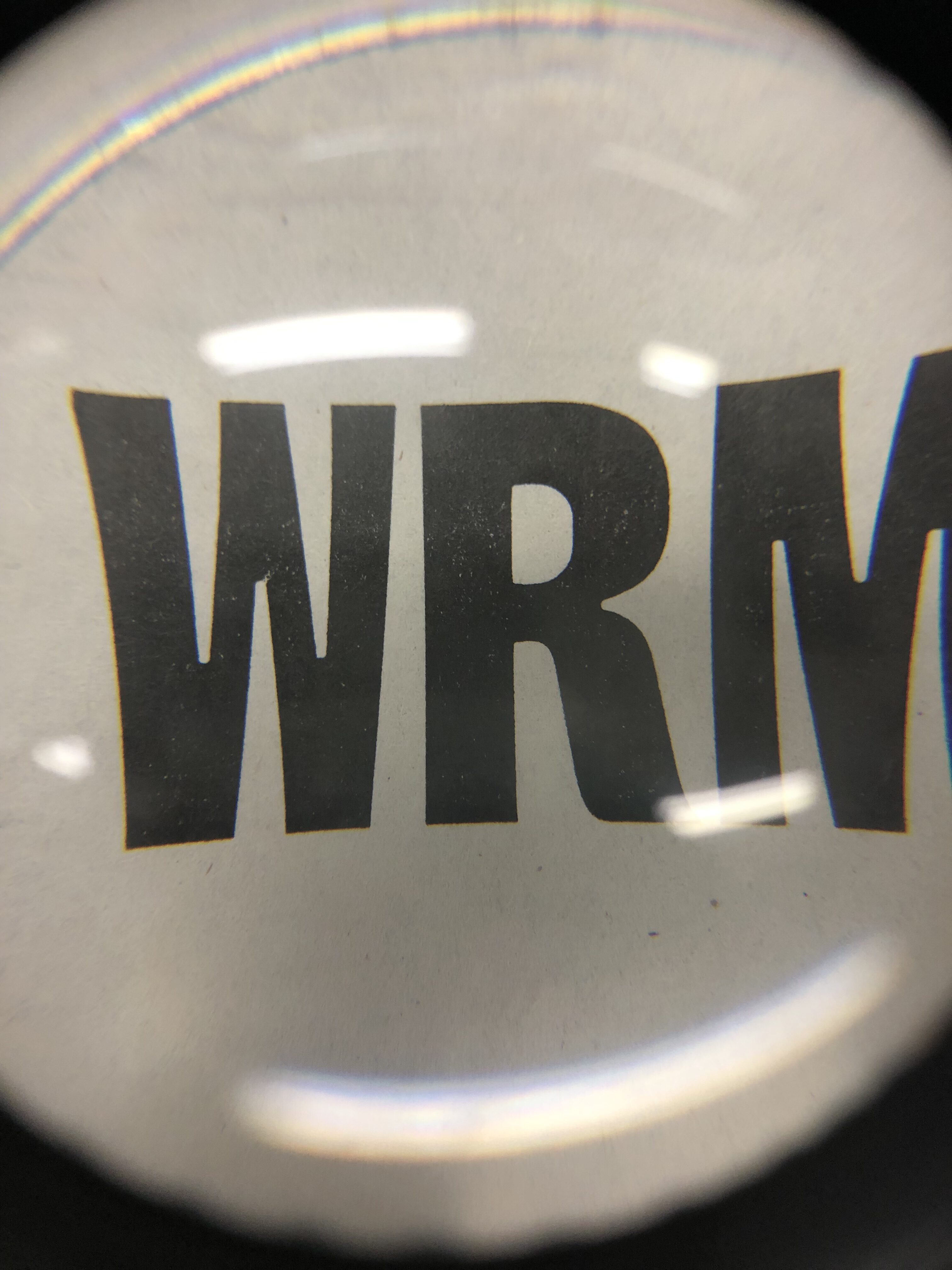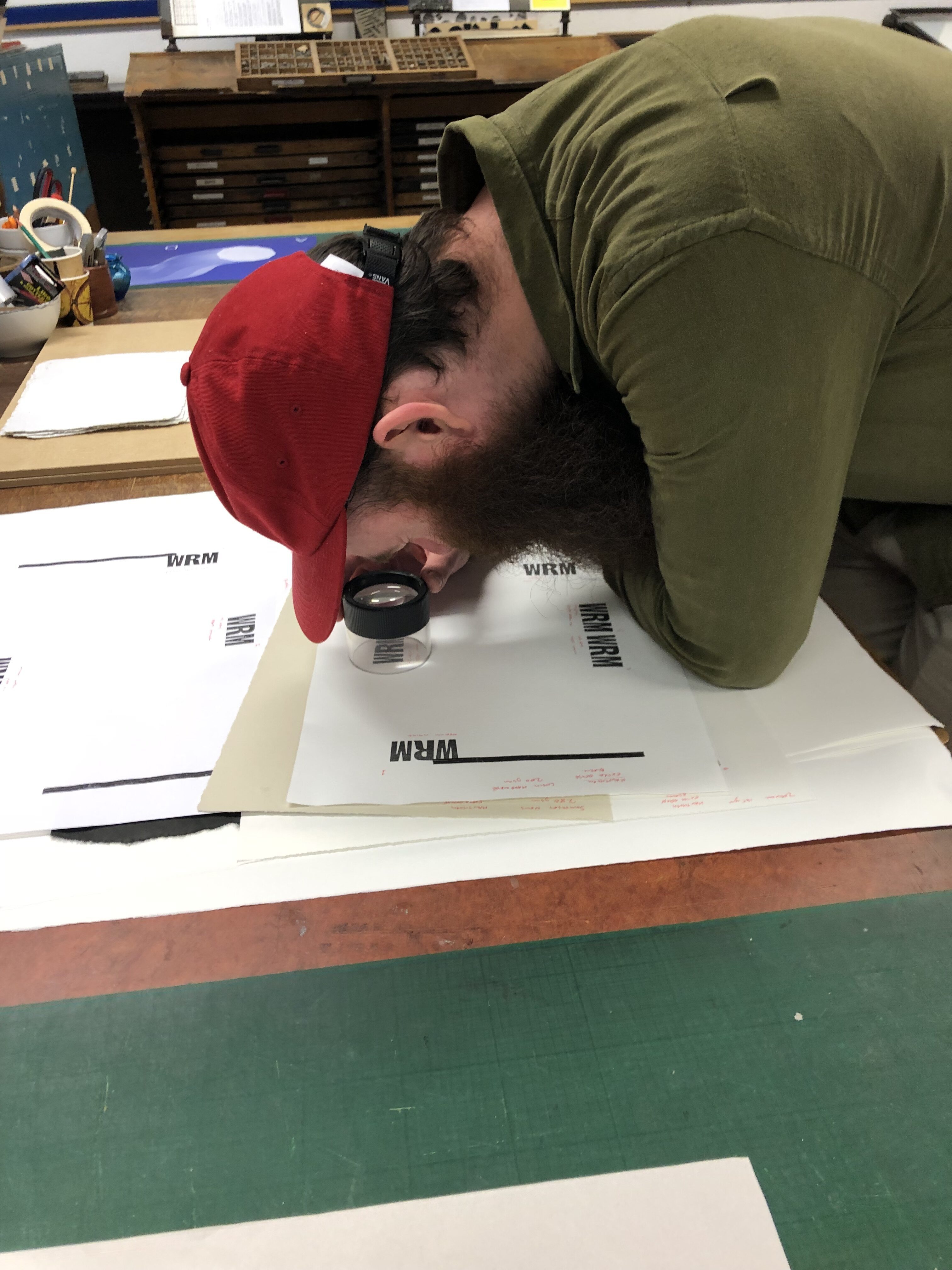Carbon is the basis for all life on earth, and the harbinger of our demise. In this hypnotic prose poem / essay Jessica Traynor (Liffey Swim, 2015 and A Modest Proposal, 2017) contemplates this element in its many forms, following a meteor’s flight, picking through WWII bombsites, visiting geodesic domes, seventeenth century laboratories, Plato’s cave, and pushing ever deeper below the earth’s crust in search of wild spirits, and the black lake at the heart of all things.
Inspired by the aesthetics of hand-typed scientific reports and woodtype printed protest posters, Jamie Murphy has interpreted the text by employing a new mono-spaced typeface developed specifically for this project in collaboration with type designer Bobby Tannam. In an effort to capture the materiality of the subject, evidence of carbon rich matter emerges throughout the book in the form of smoke, lampblack, soot, charcoal, peat, graphite and diamond.
Designed & letterpress printed by Jamie Murphy. The book will be typeset in six line (one inch high) Carbon Mono, a new woodletter designed for this book by Bobby Tannam, cut from end grain beech by Scott Cameron.
80 books will be bound by Marc Hammonds. 54 numbered copies on 200gsm handmade paper from the Losiny mill in goat & carbon painted paper over boards, housed in a solander box. 26 lettered copies on 200gsm Losiny handmade, bound in full (carbon altered) goat, accompanied by a second copy of the book on & in blackened, diamond infused 200gsm Losiny handmade paper, along with a portfolio of extra printed materials and artefacts, all presented in a cloth covered solander box.
Intended for publication in 2022. Please enquire for printed prospectus and pricing details.
